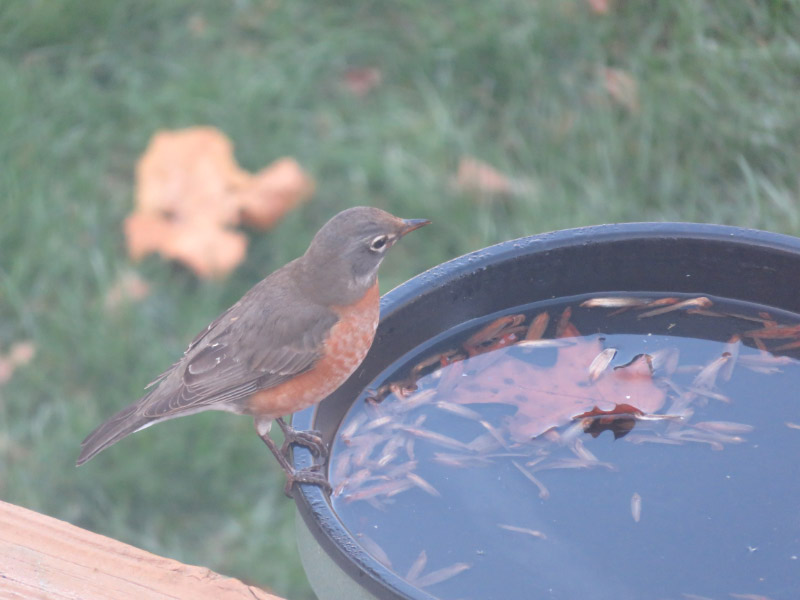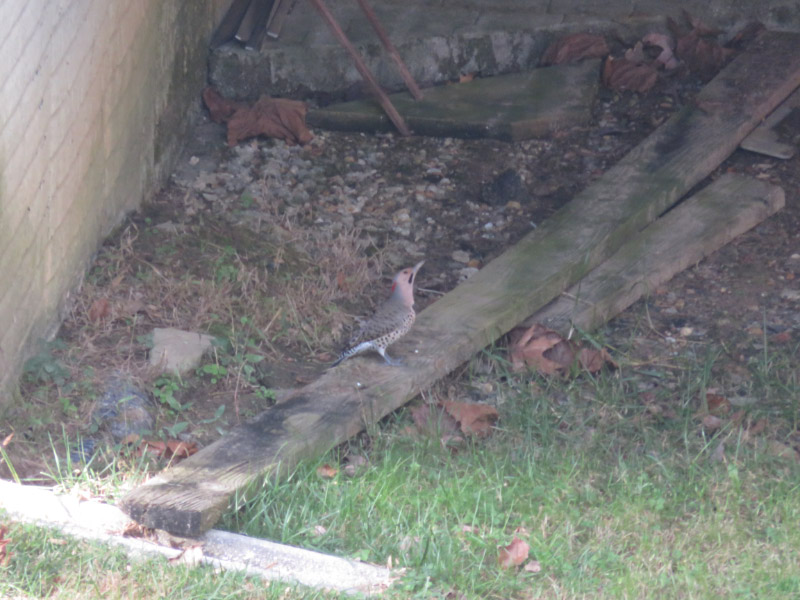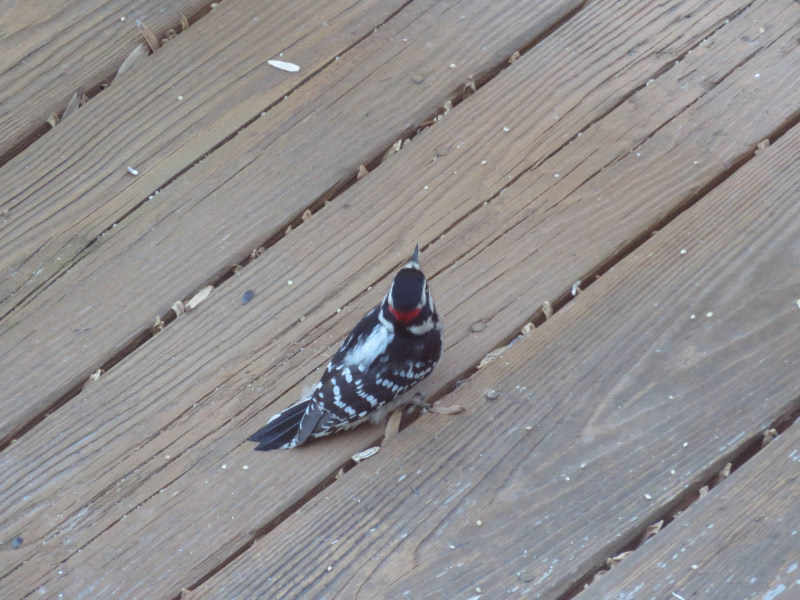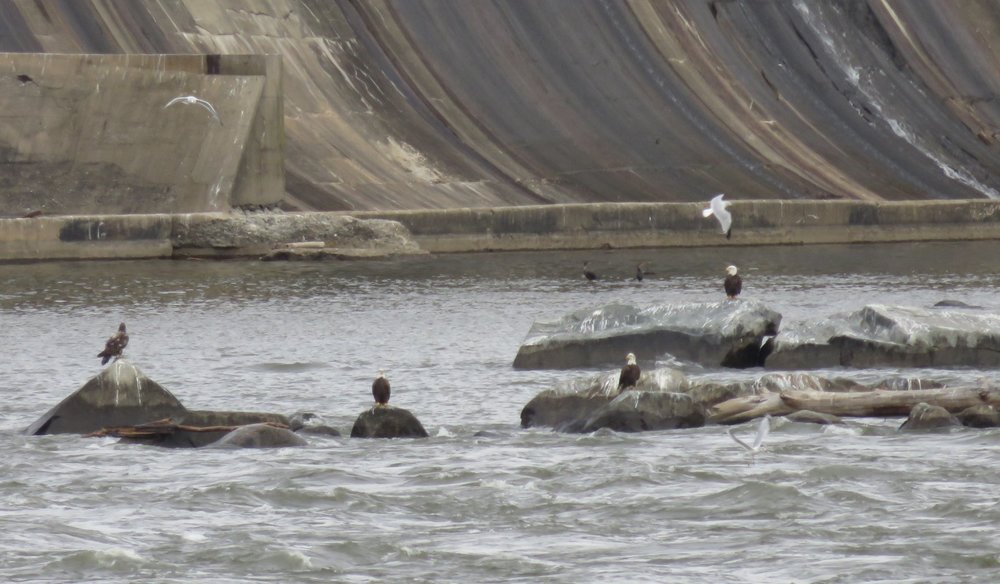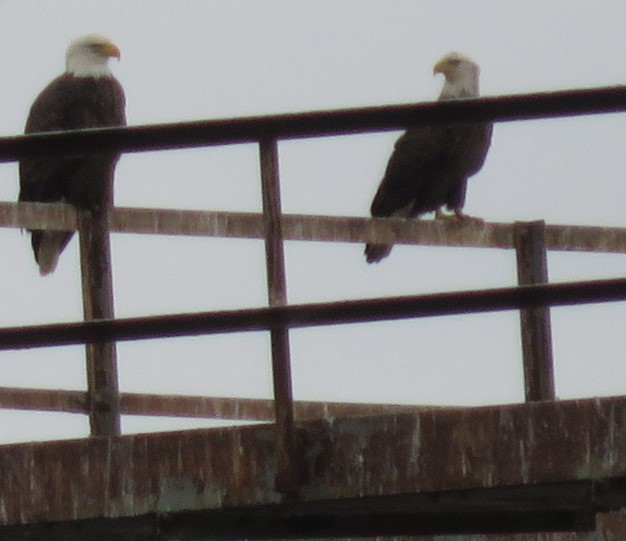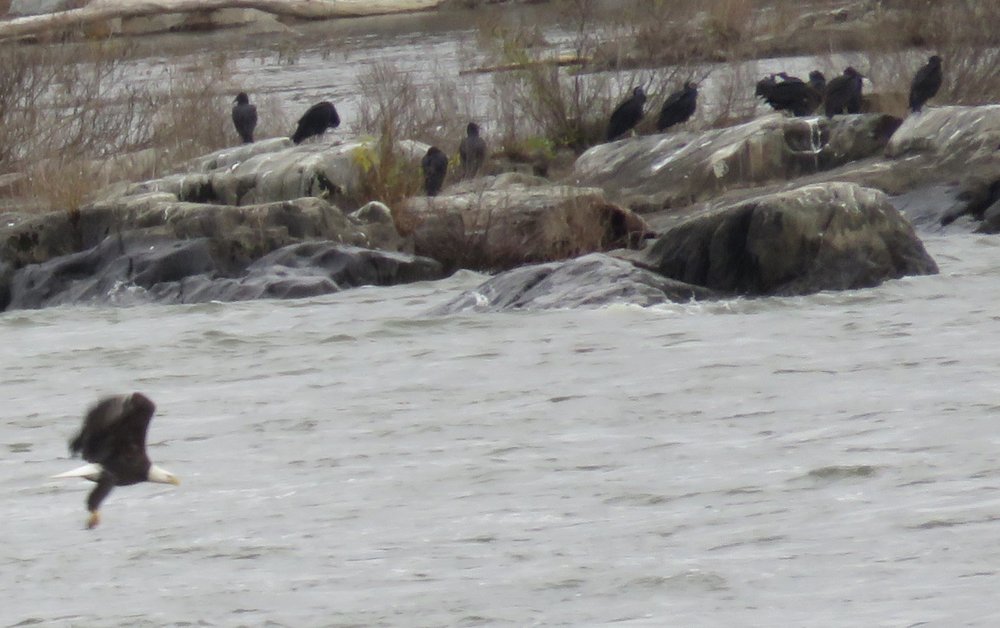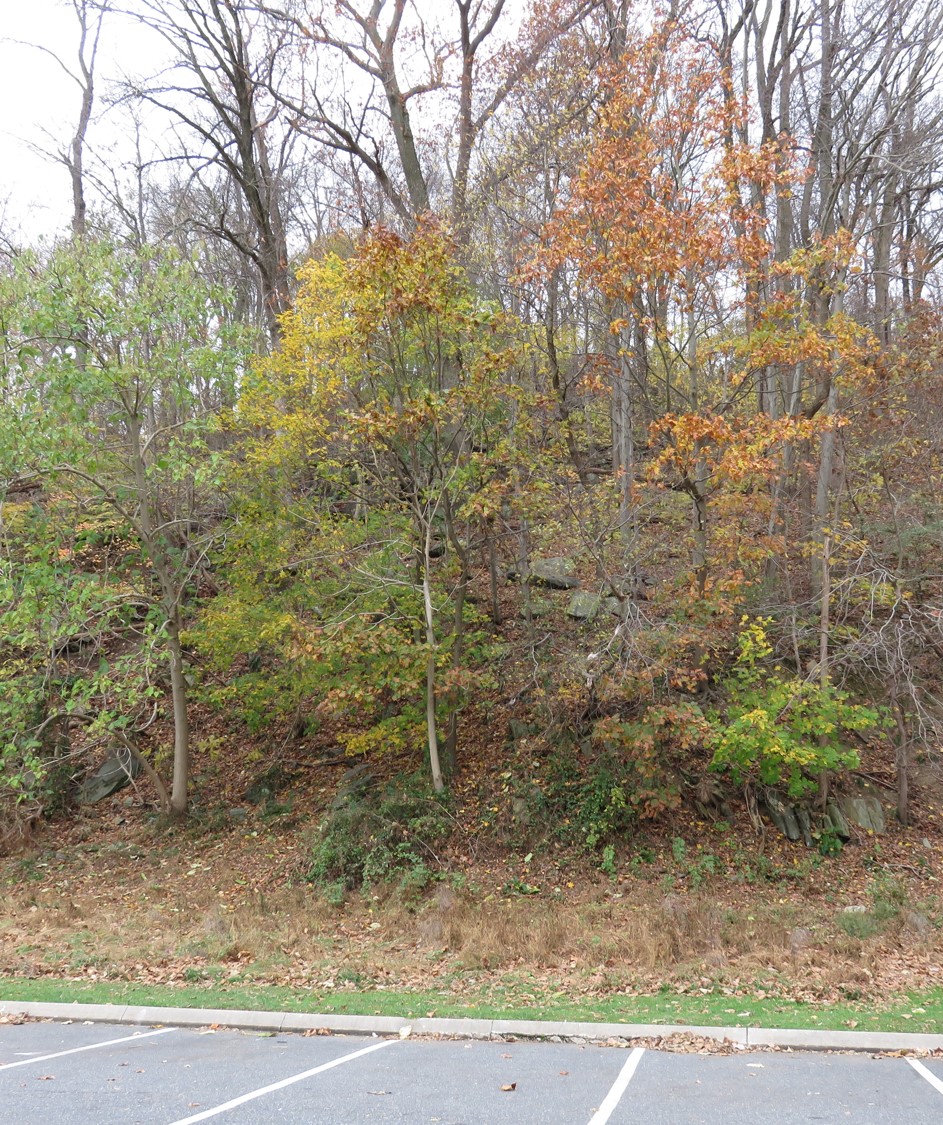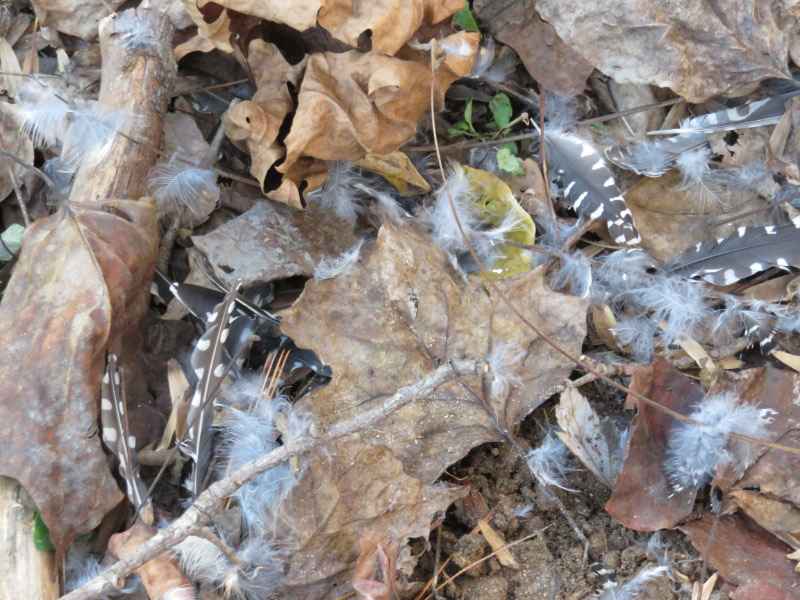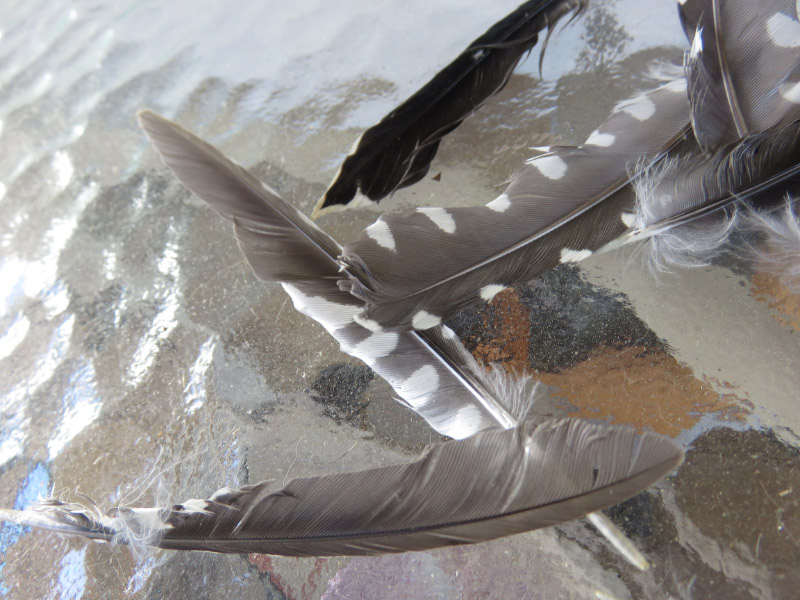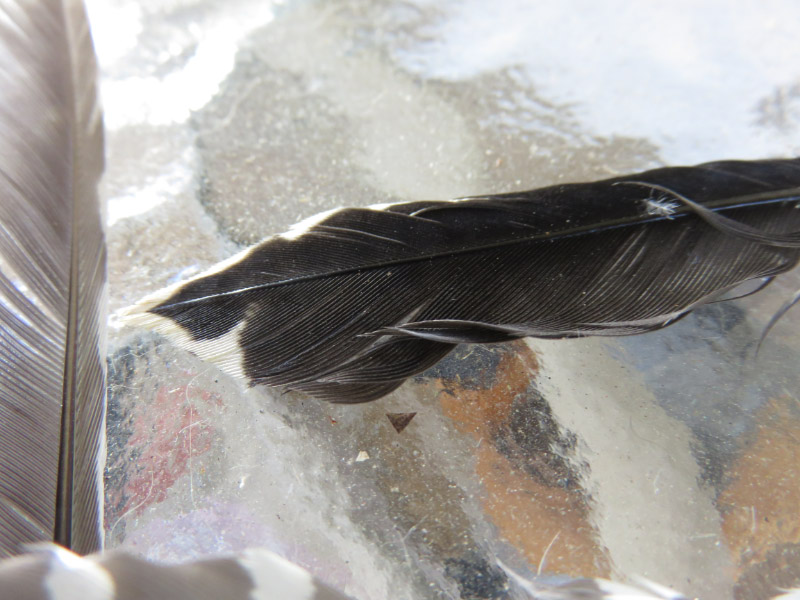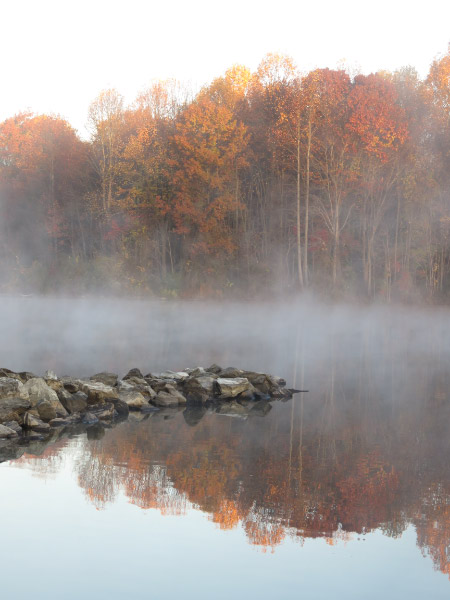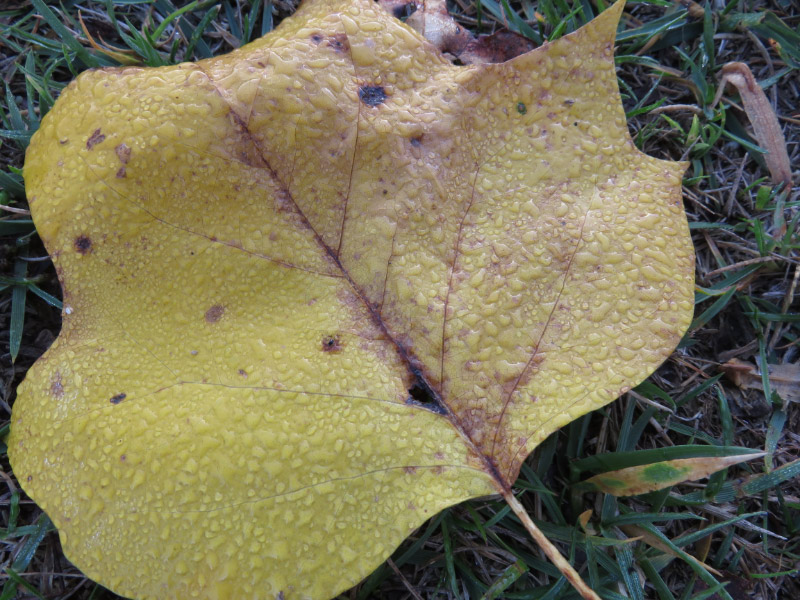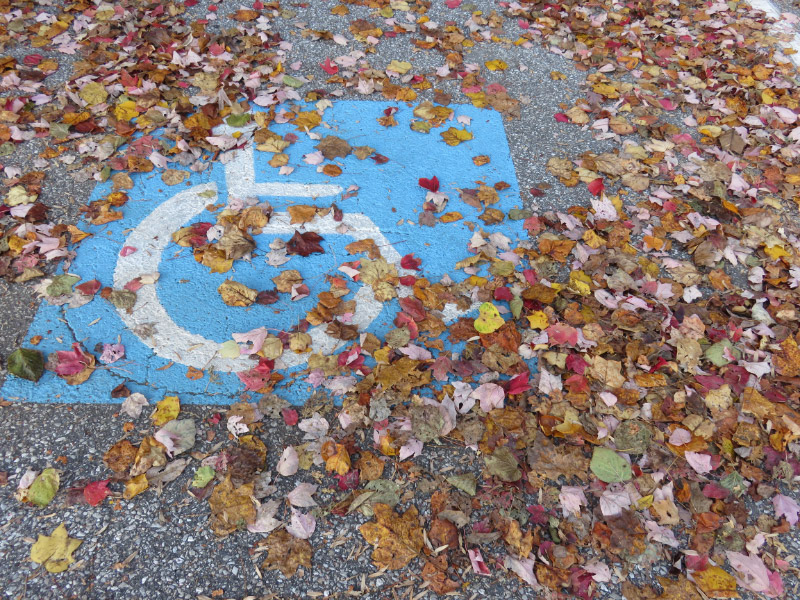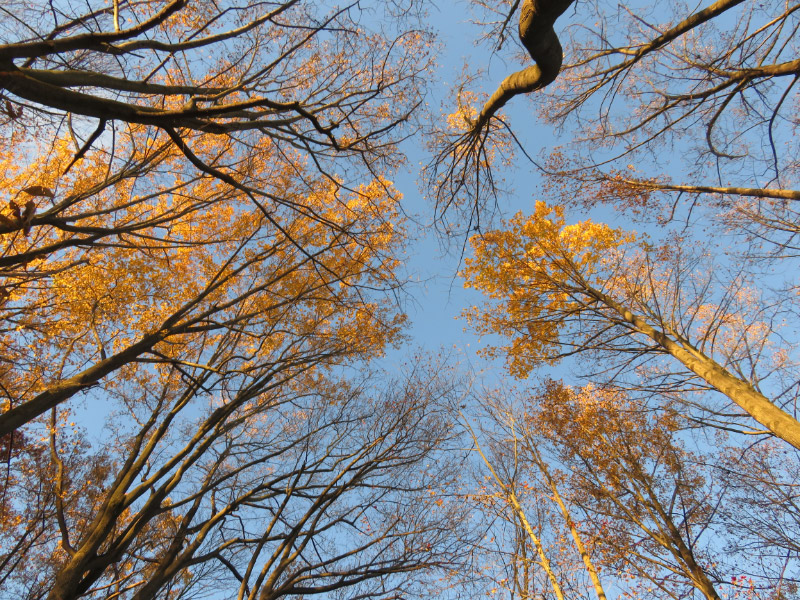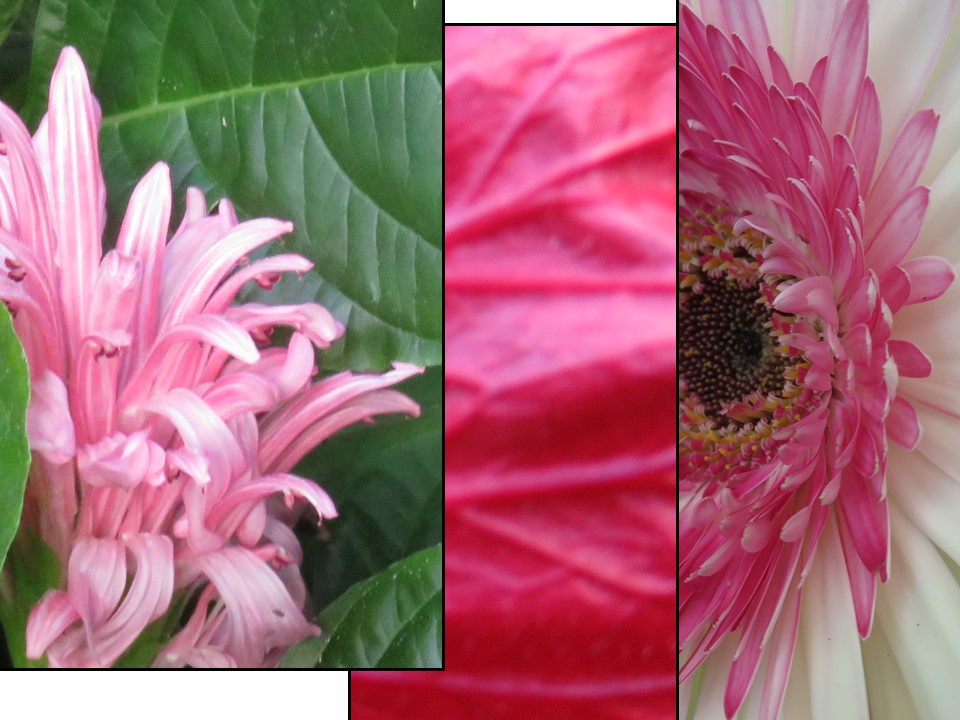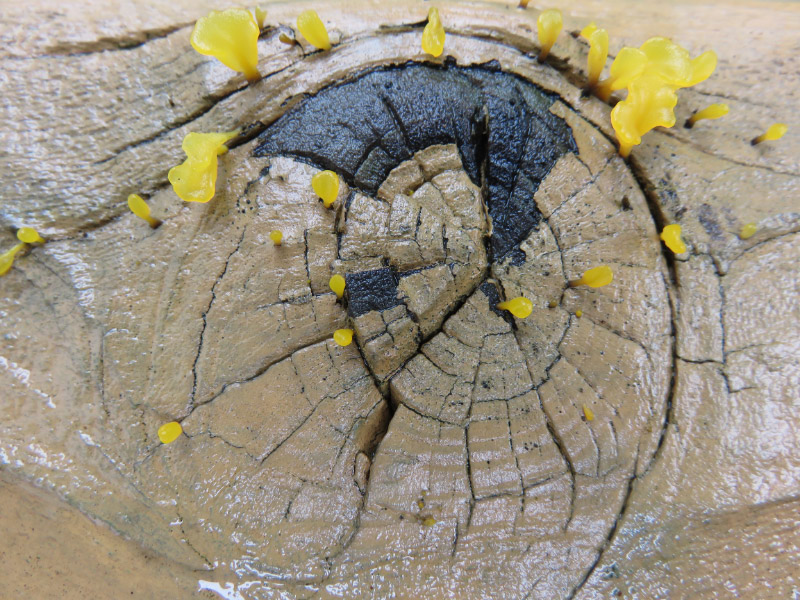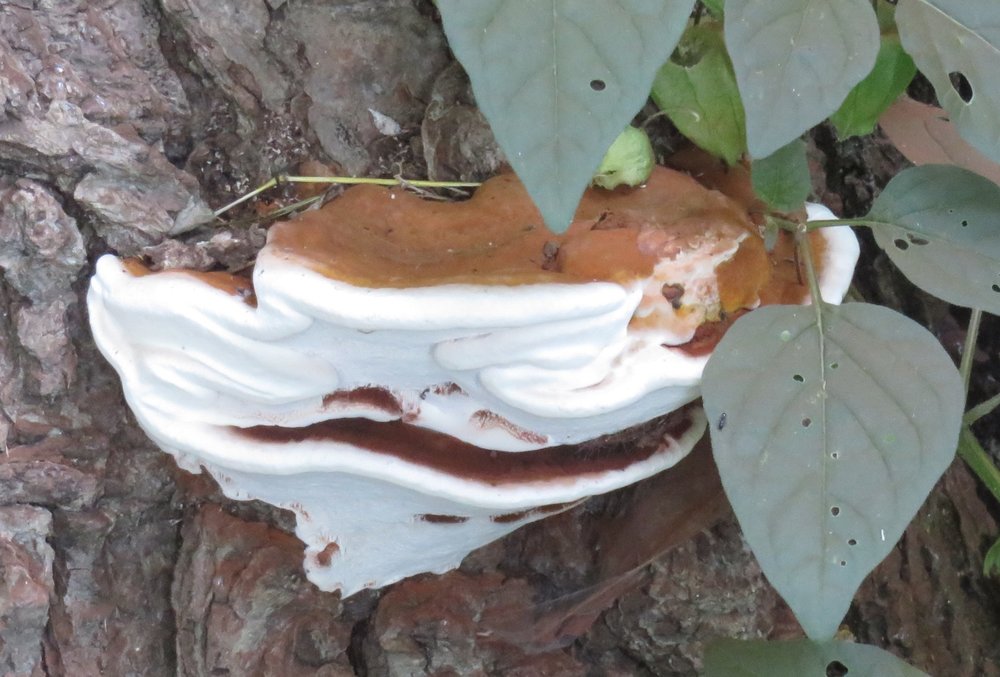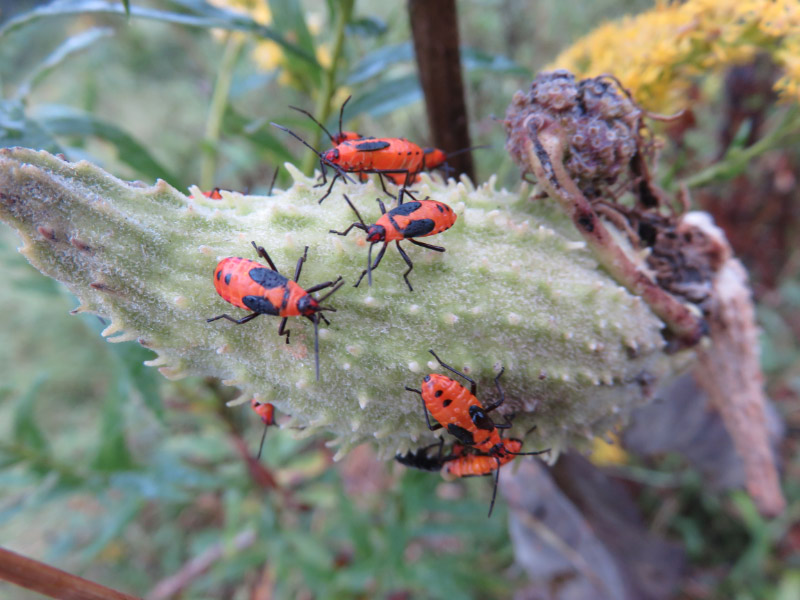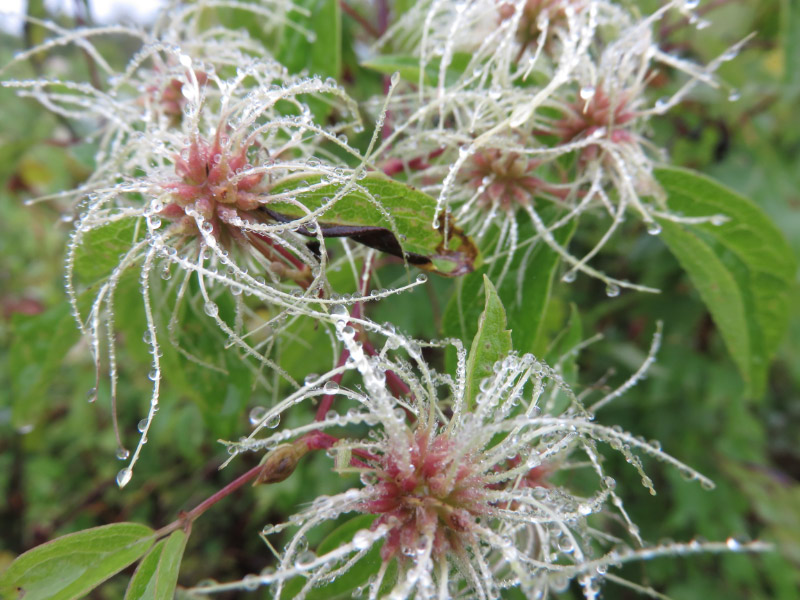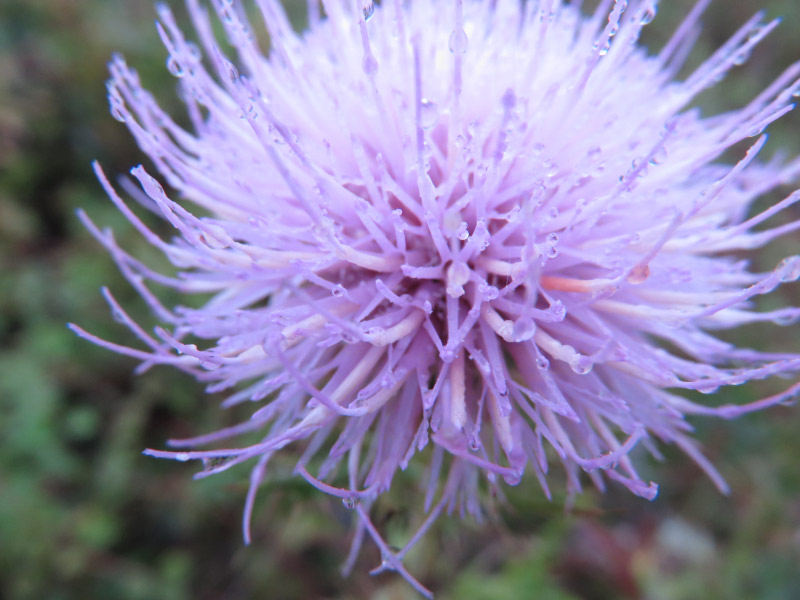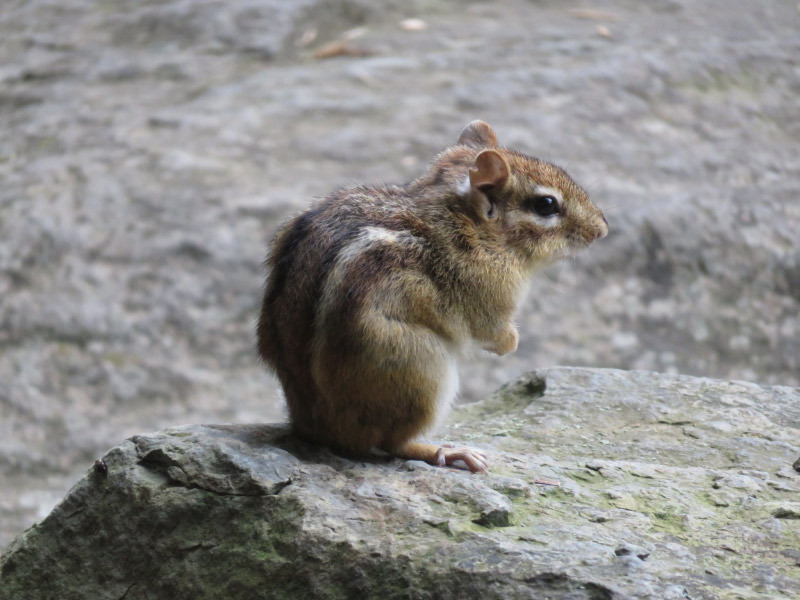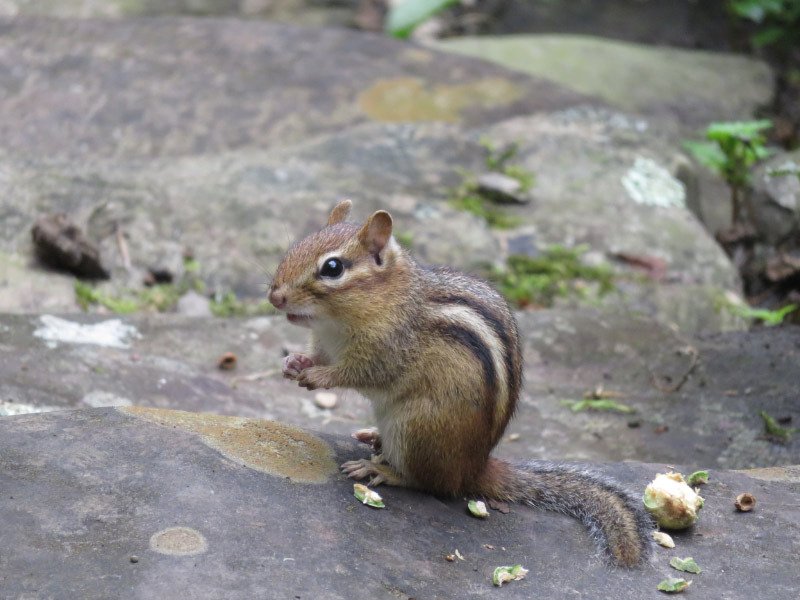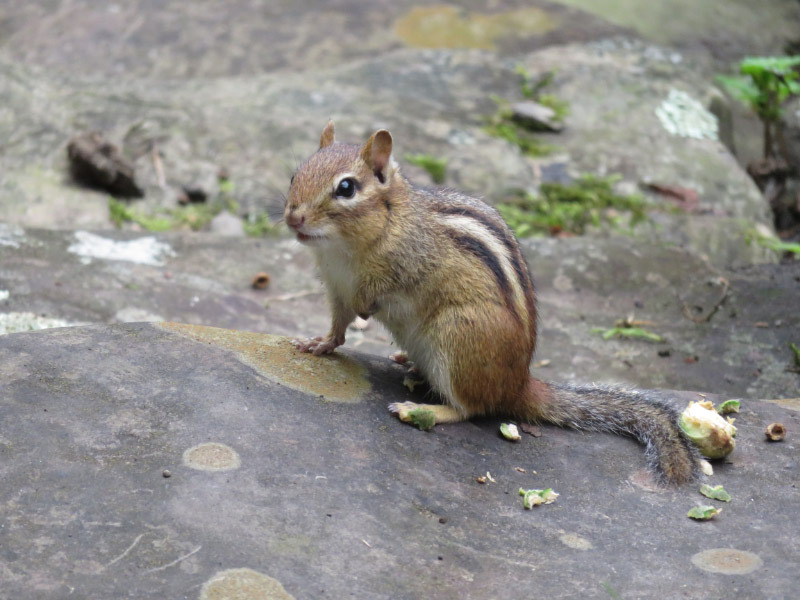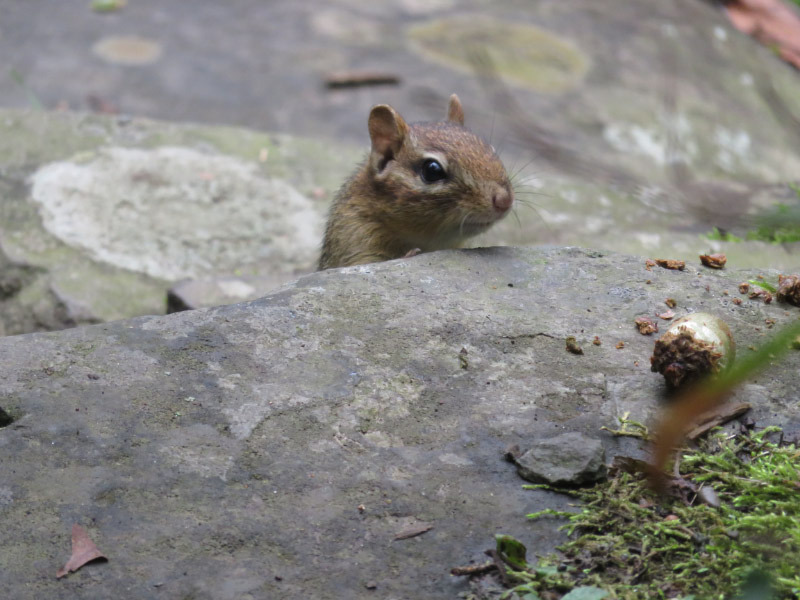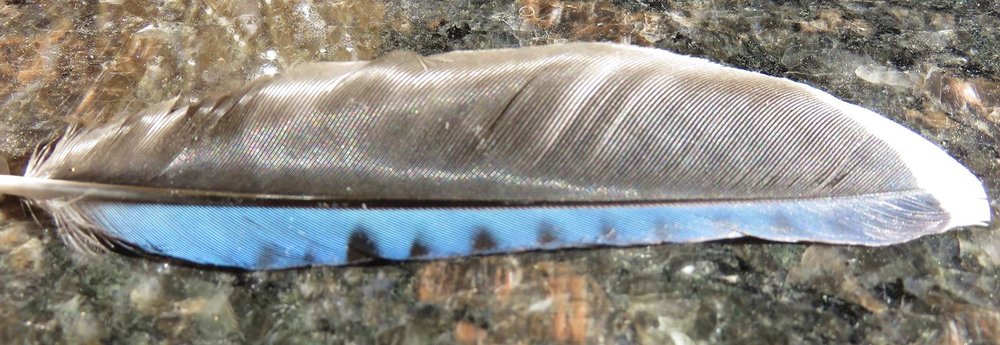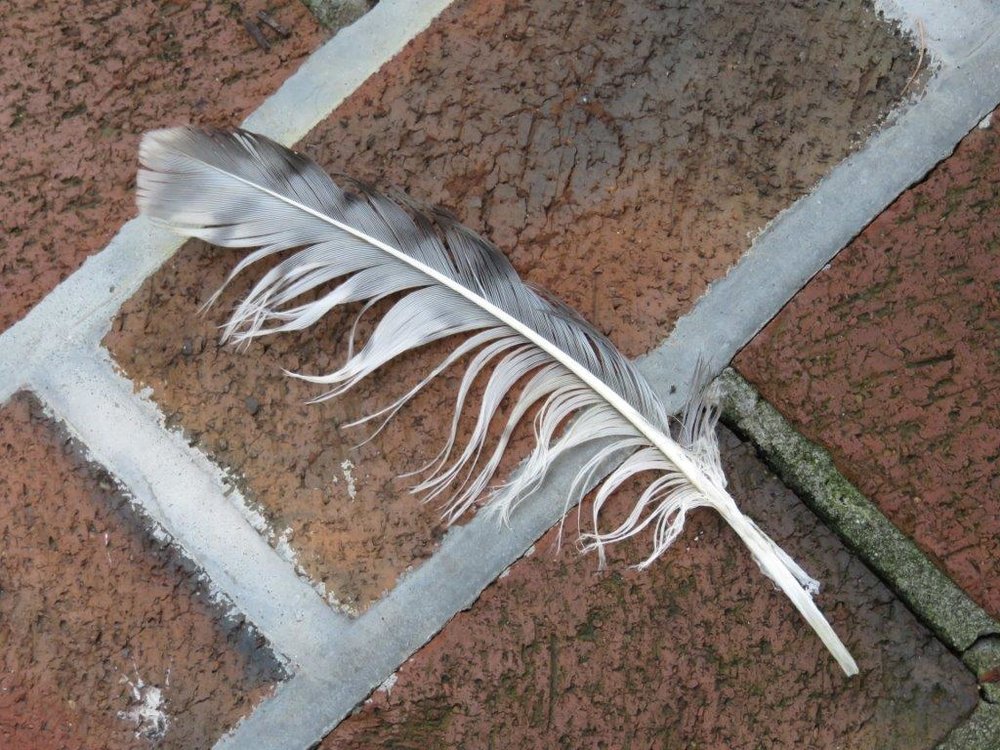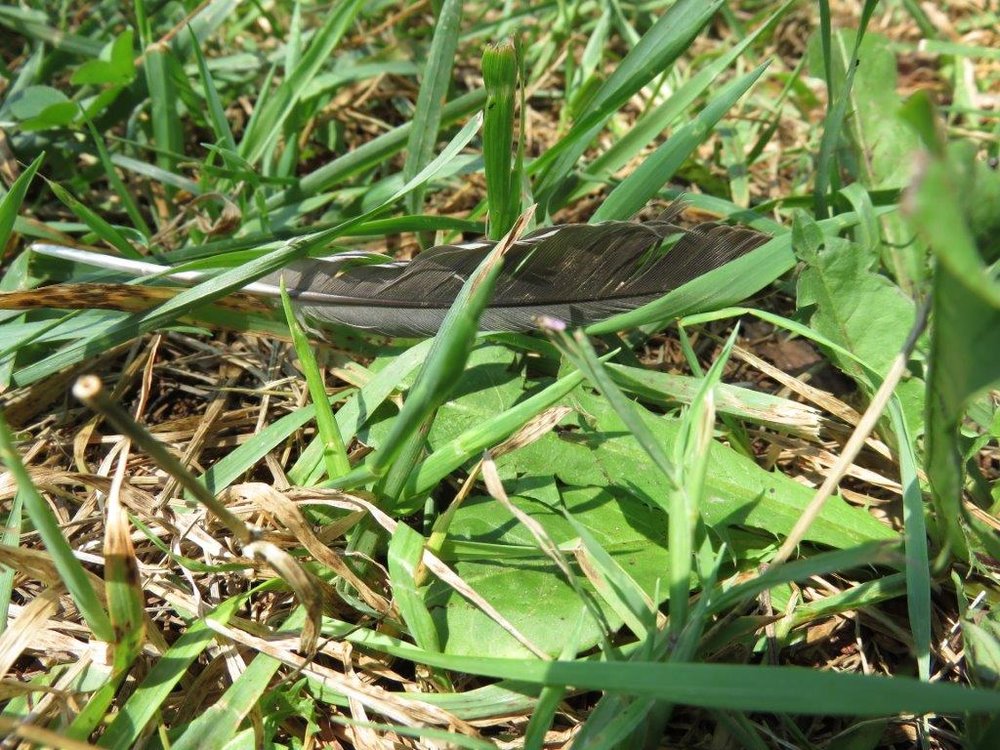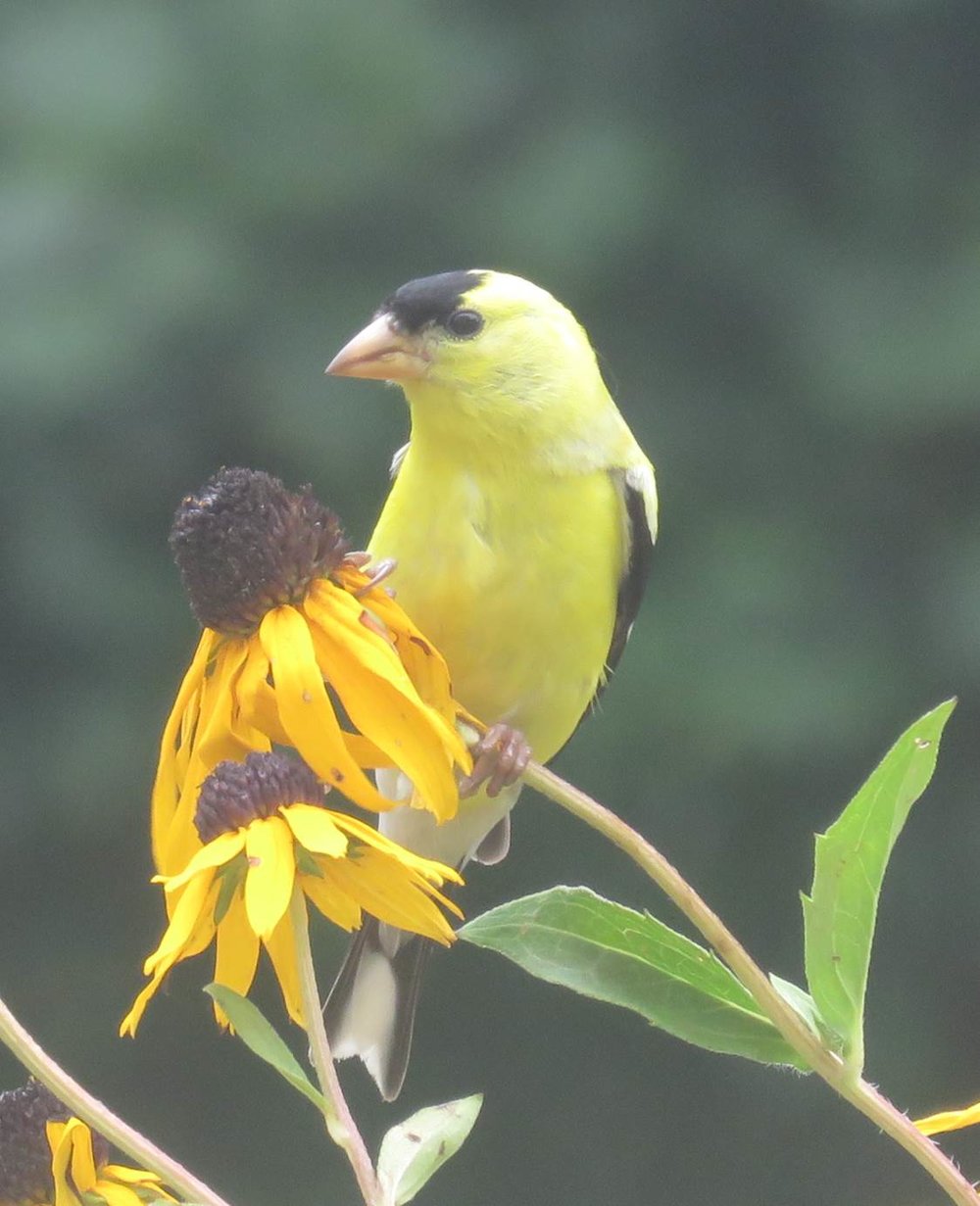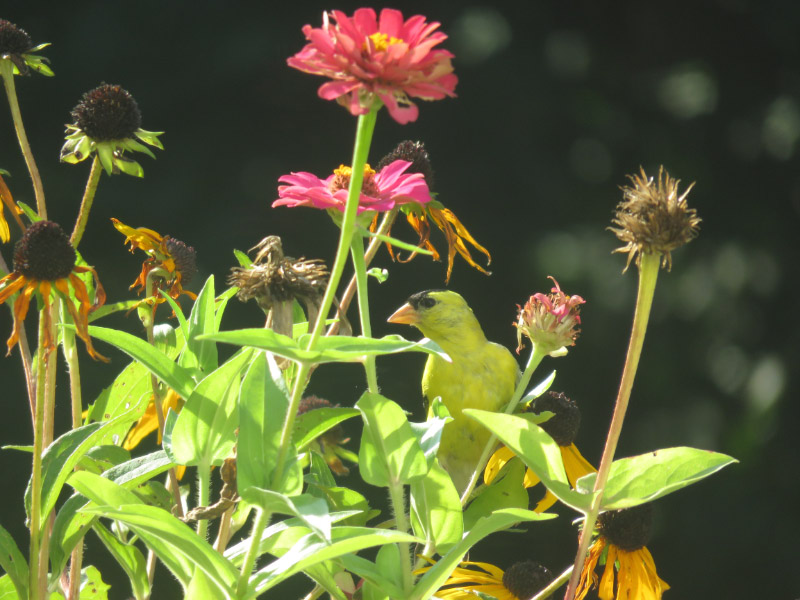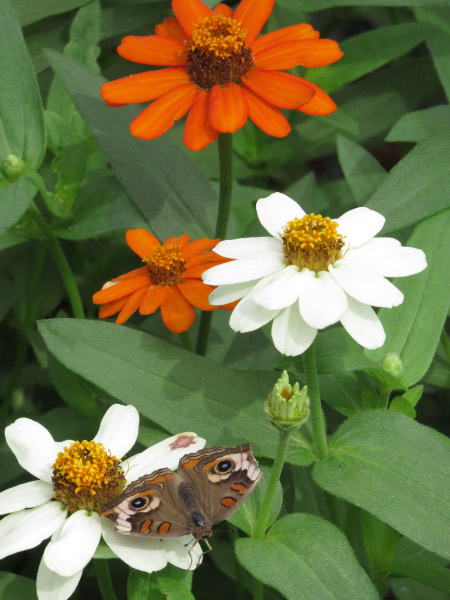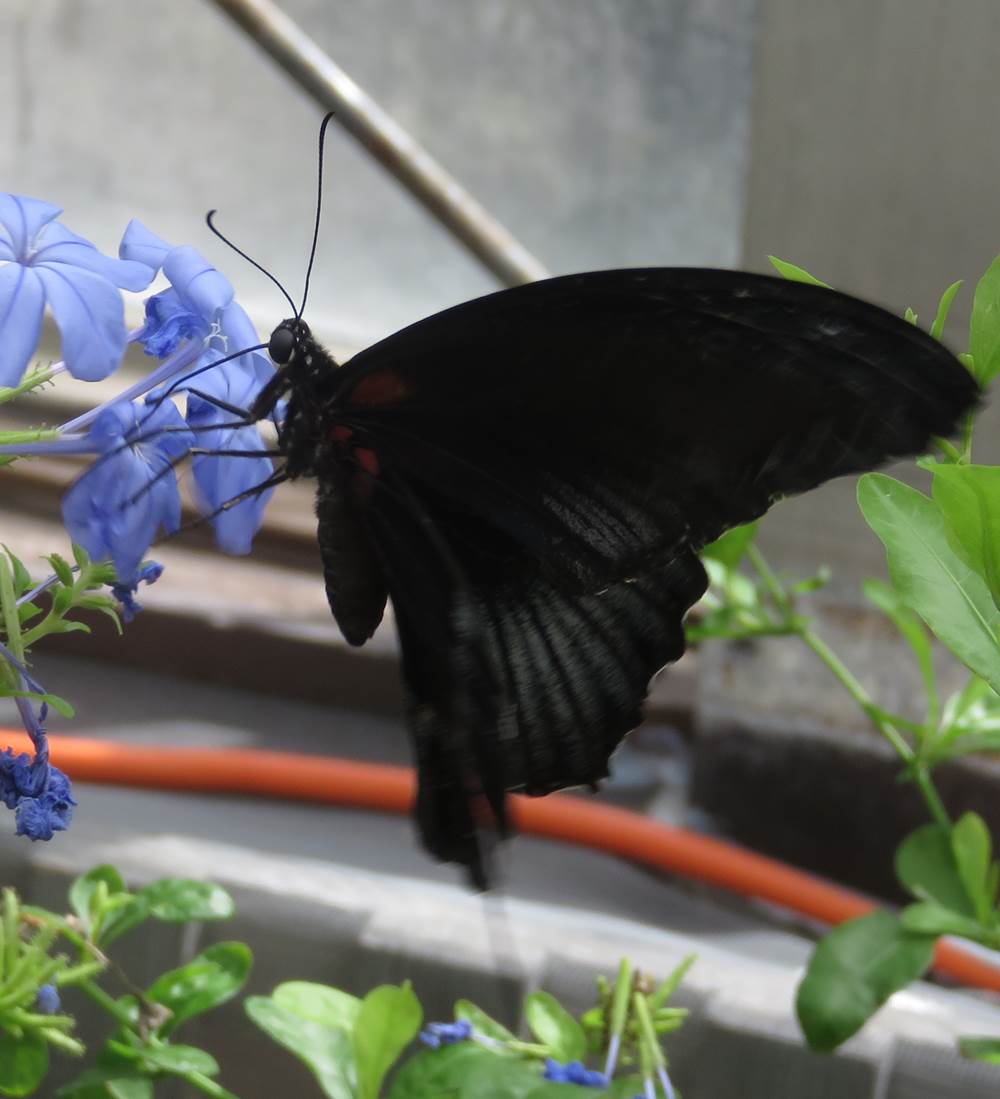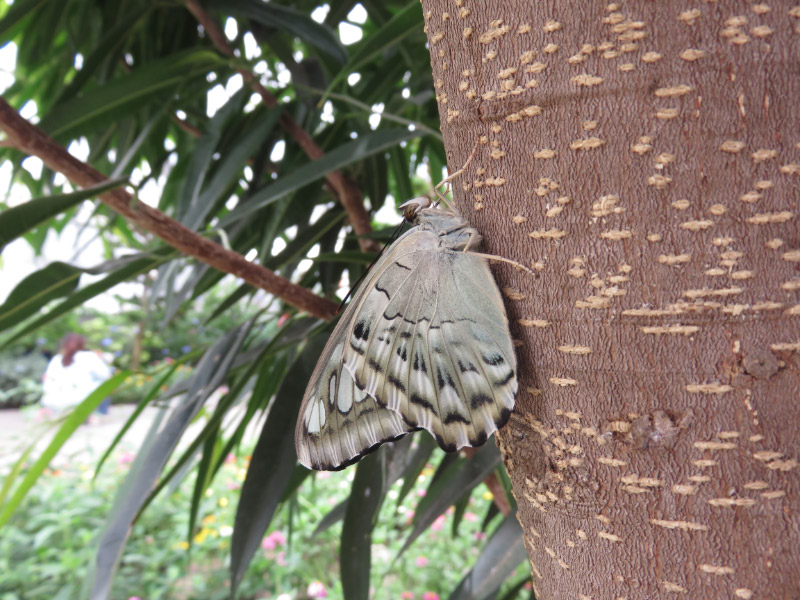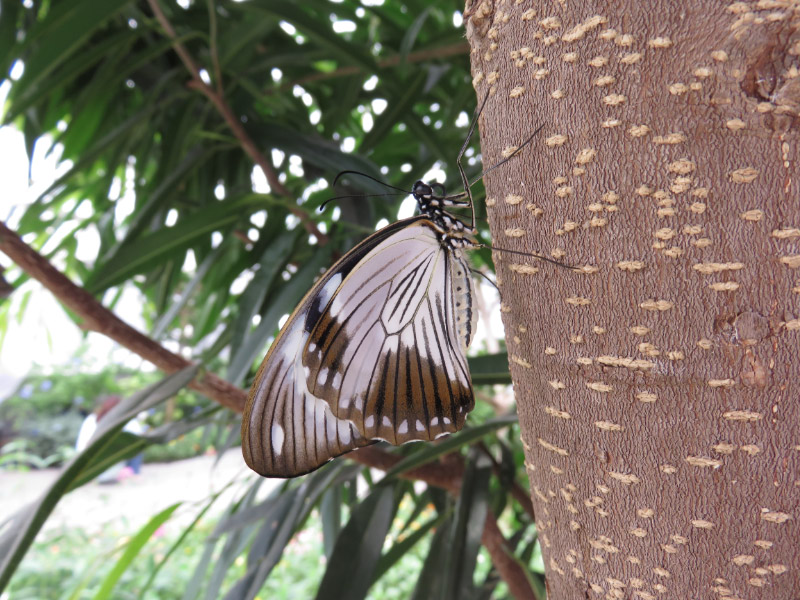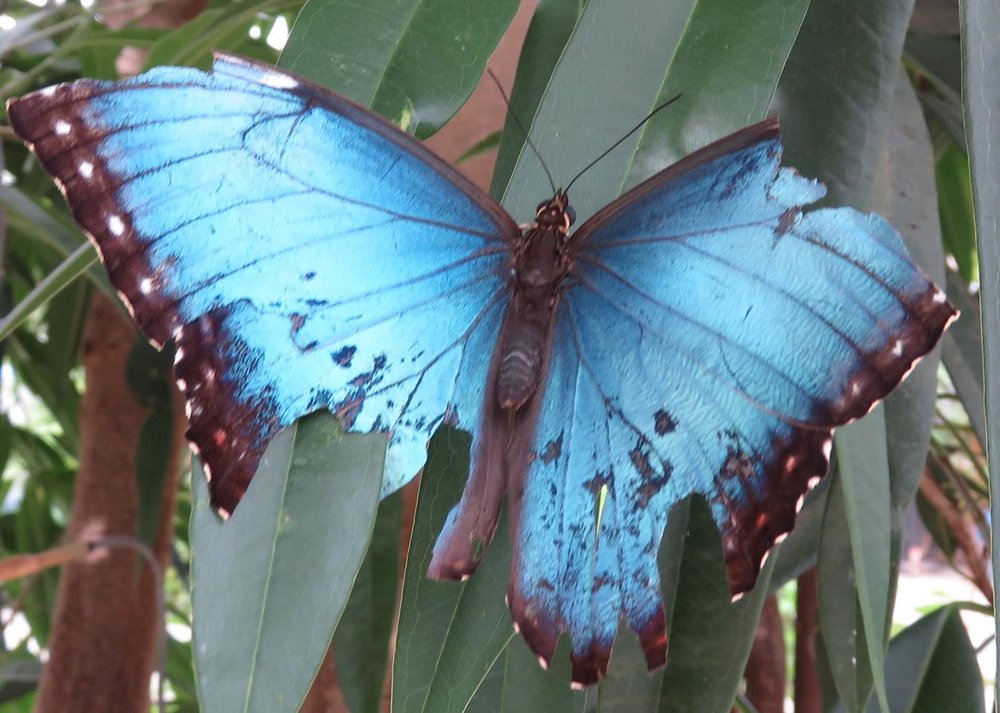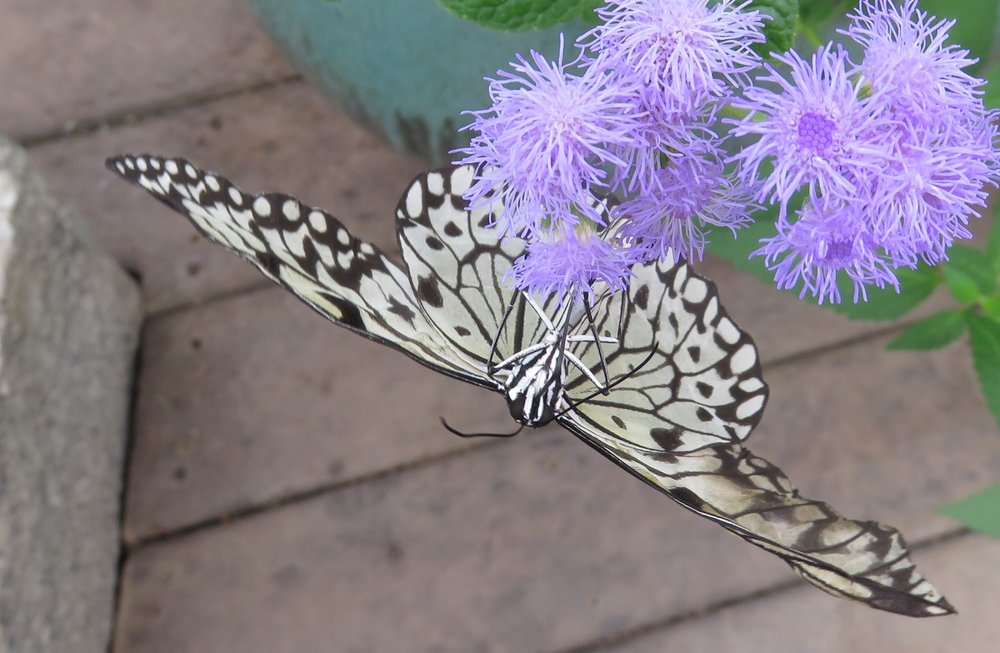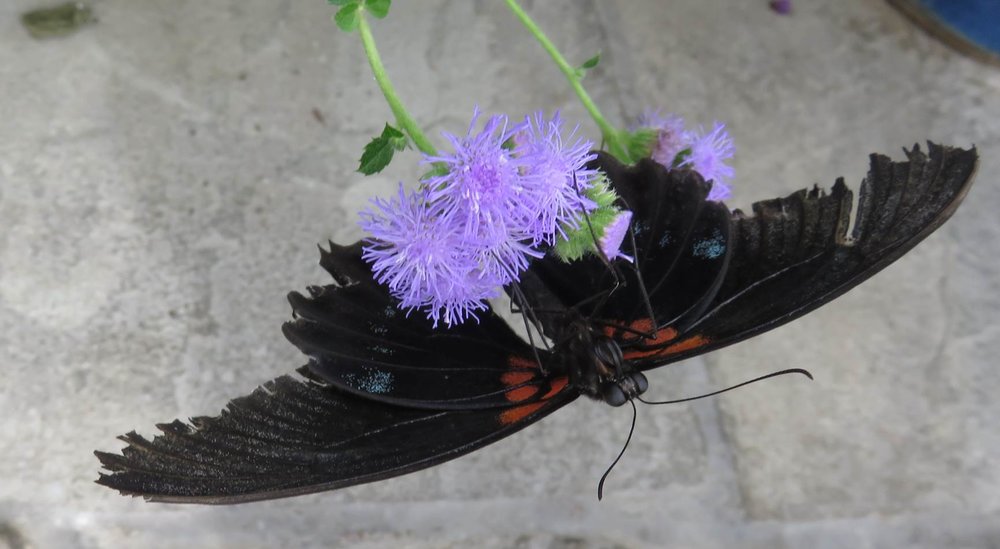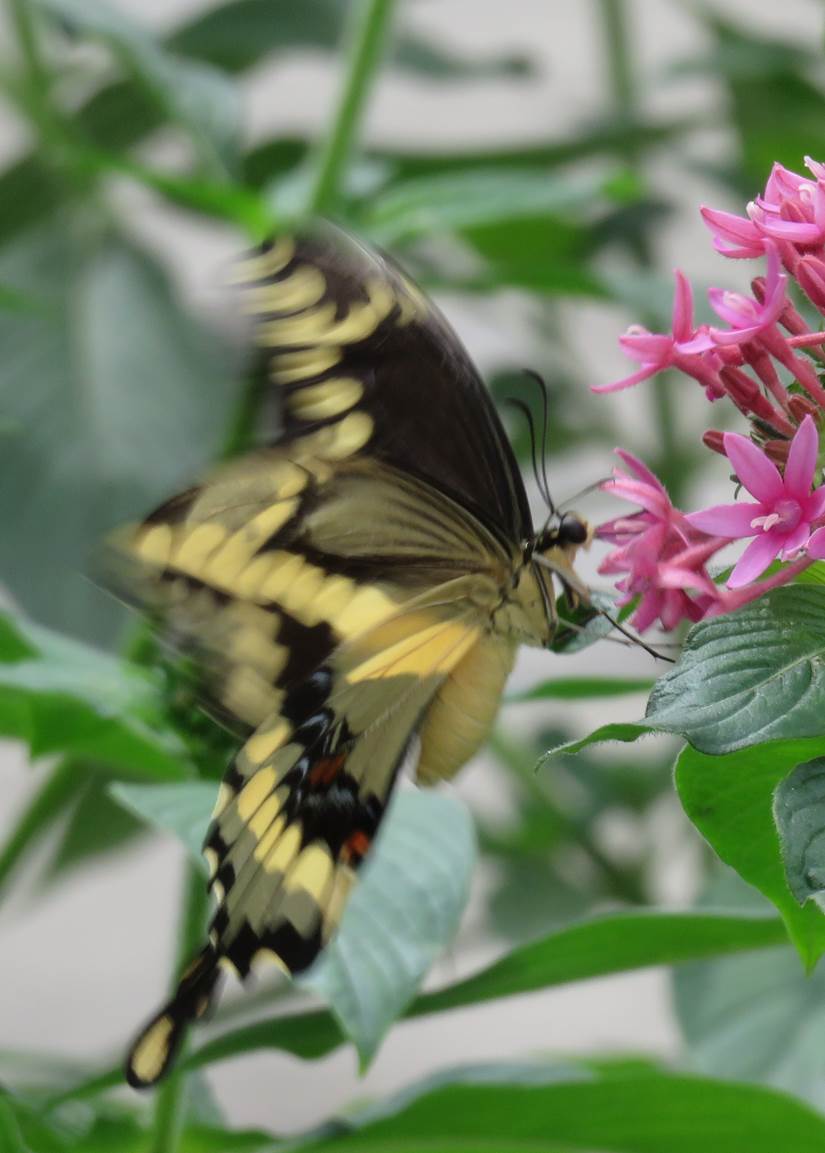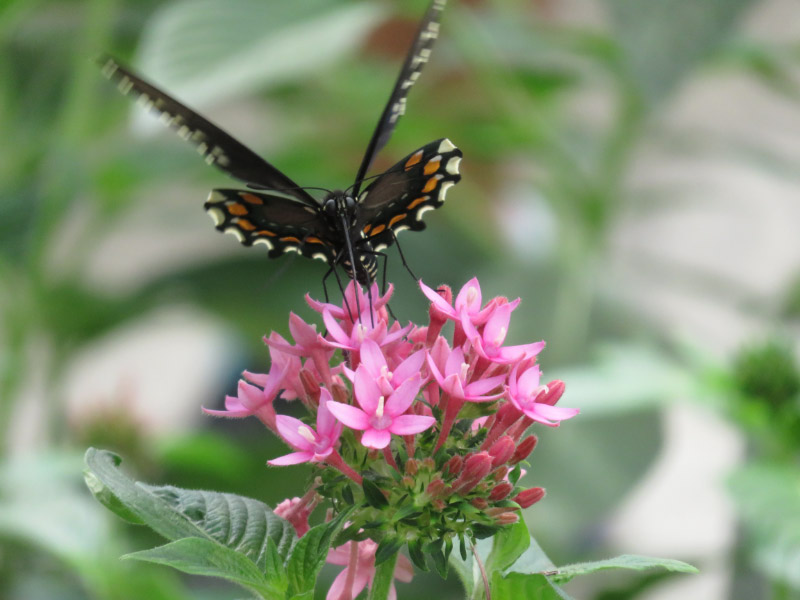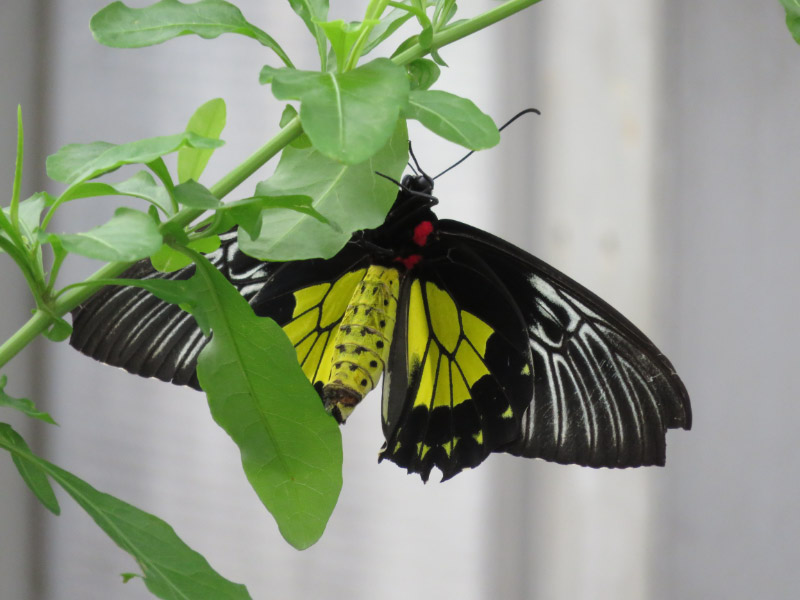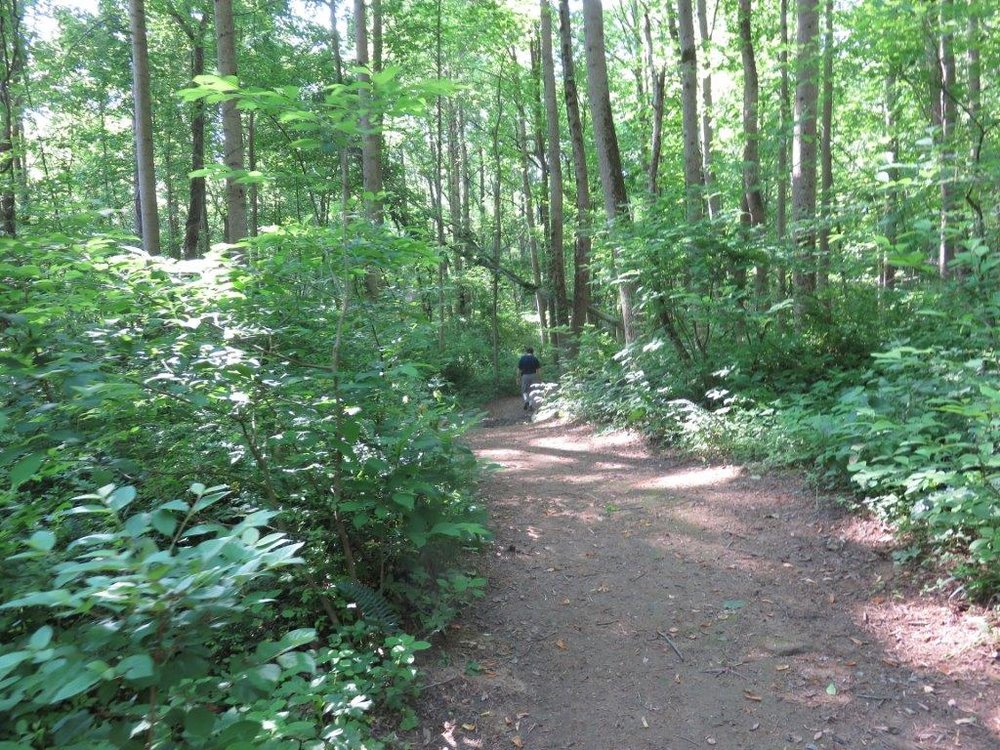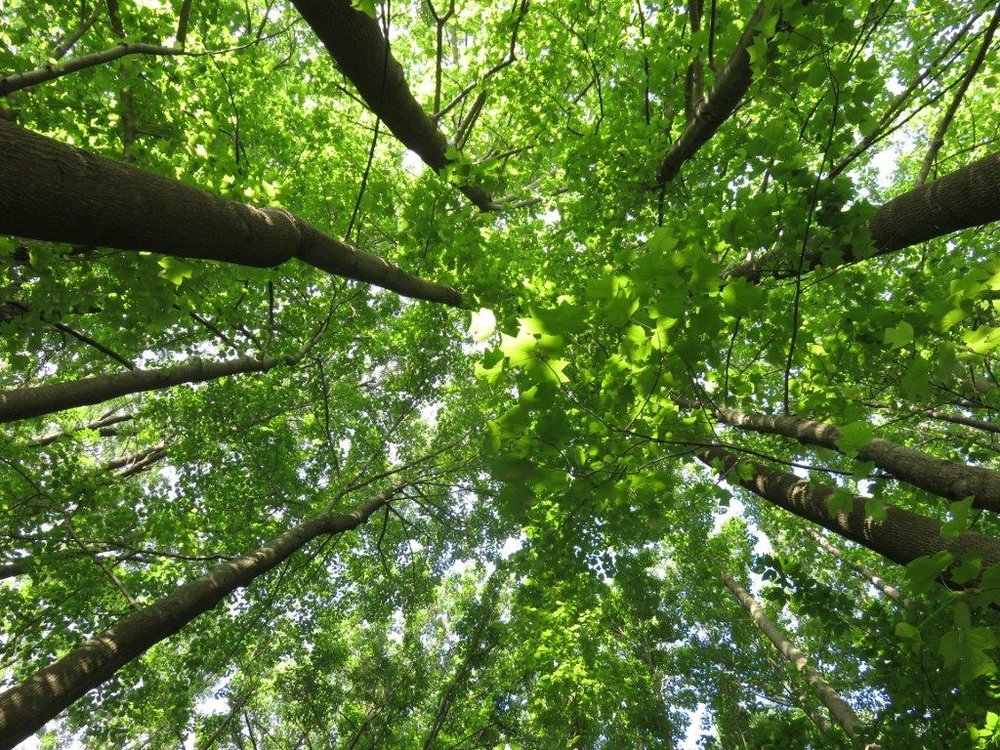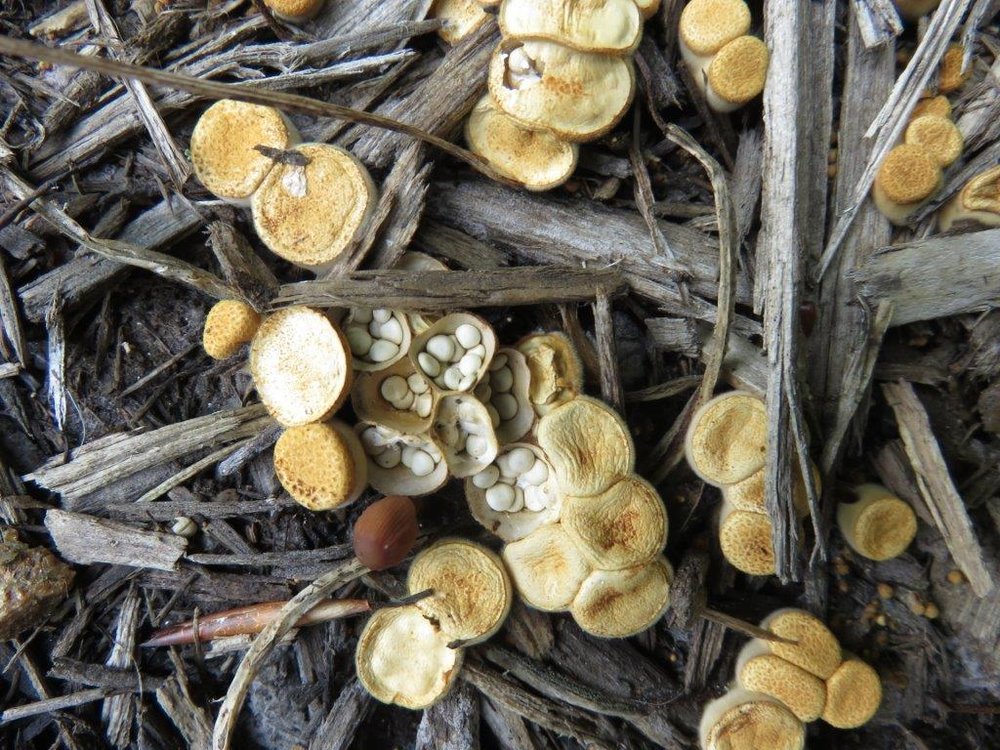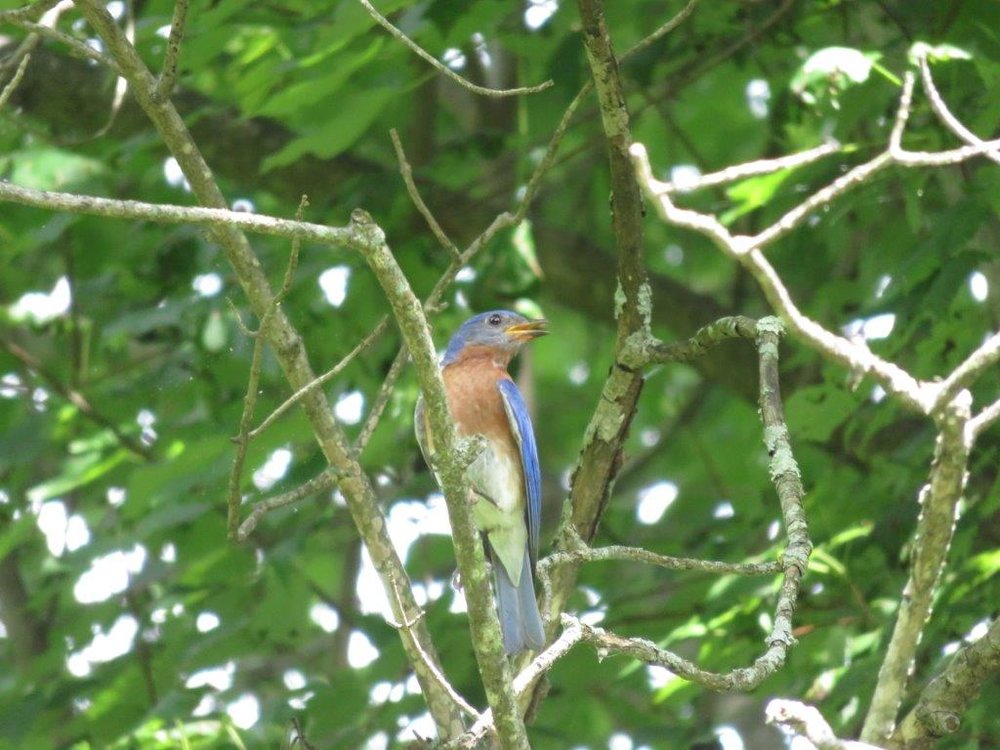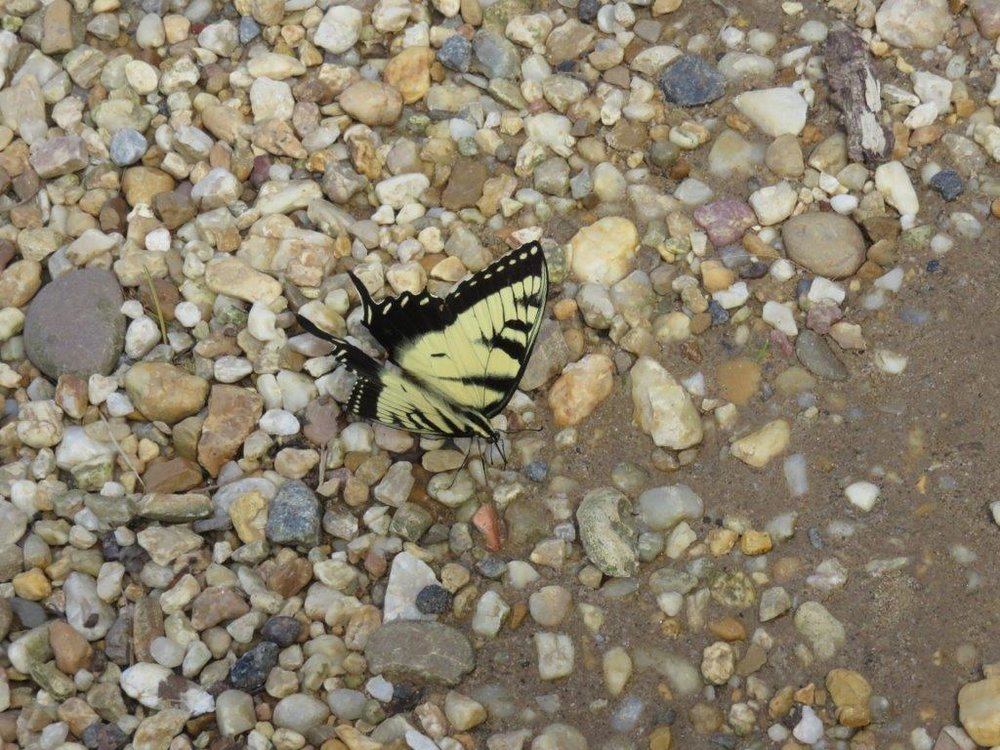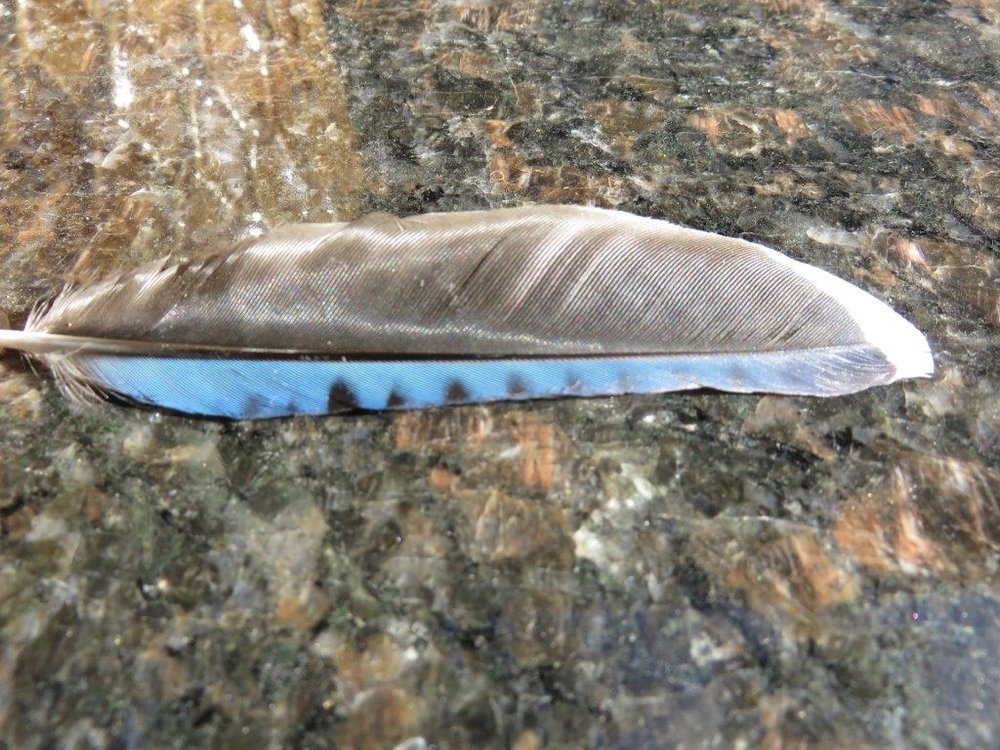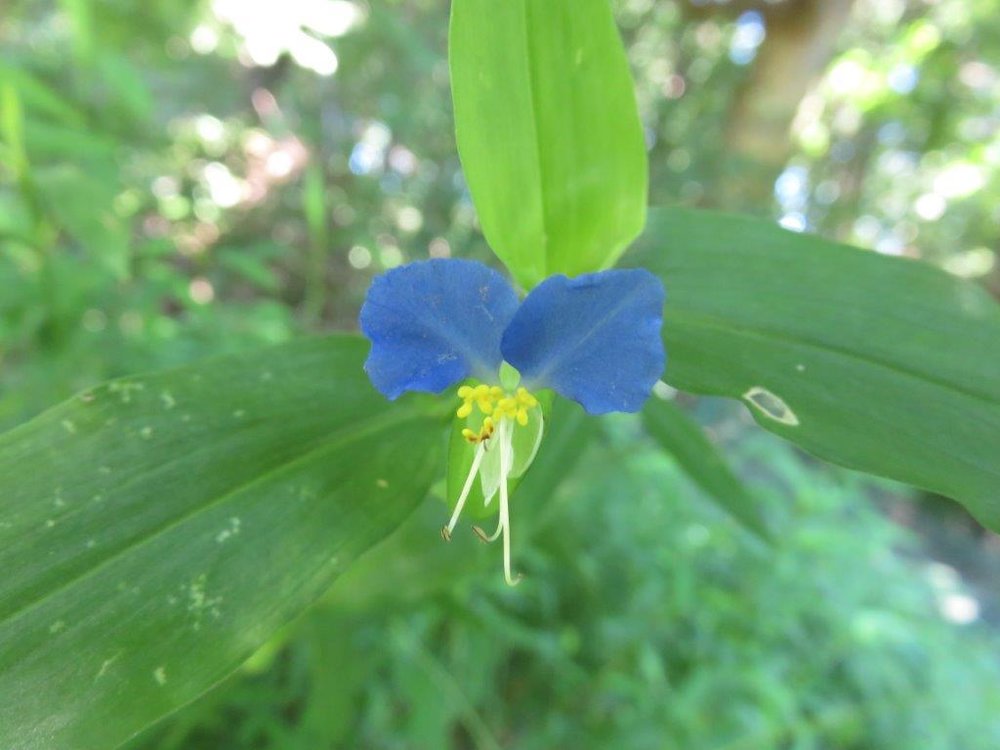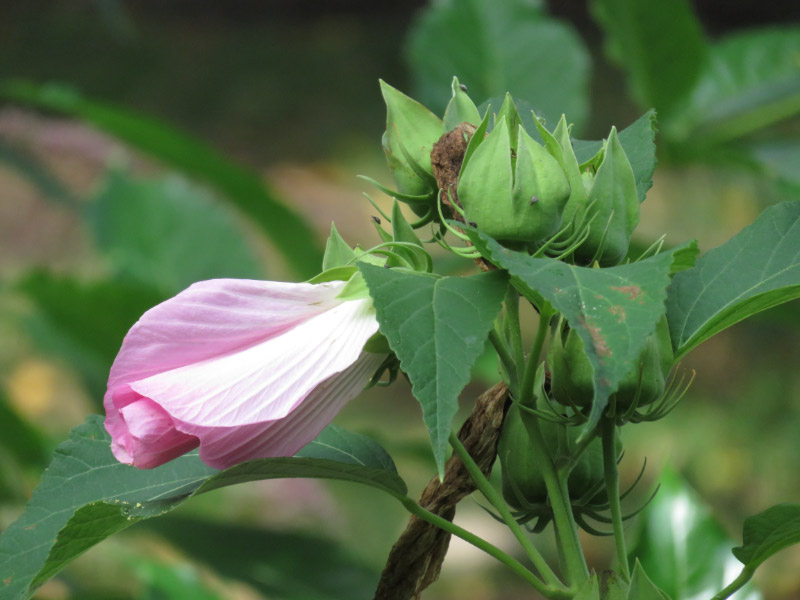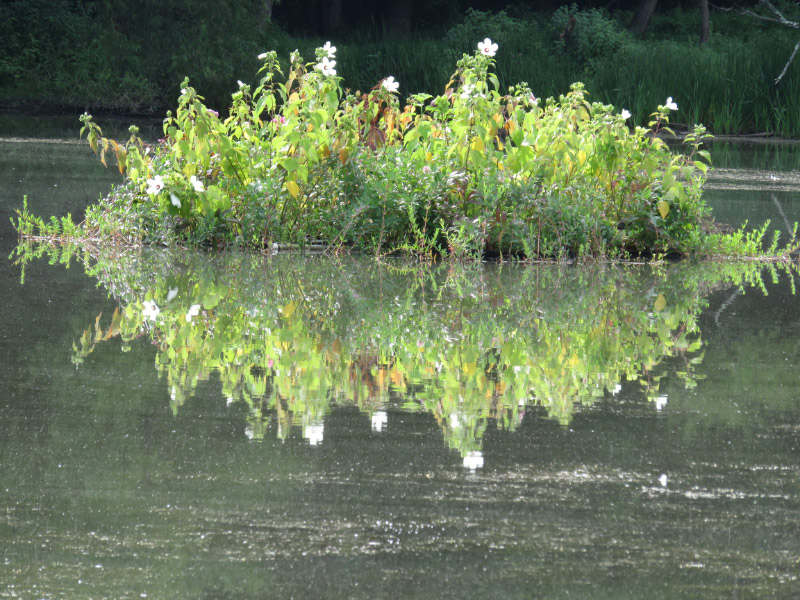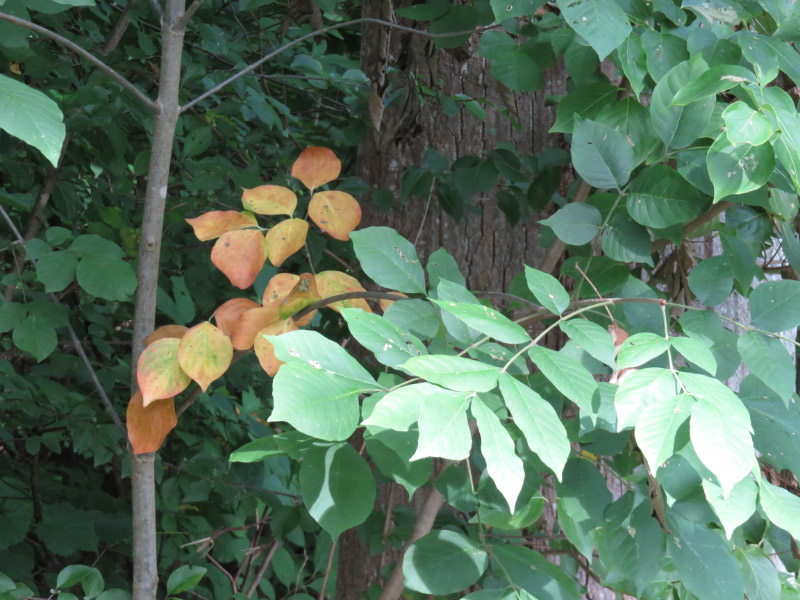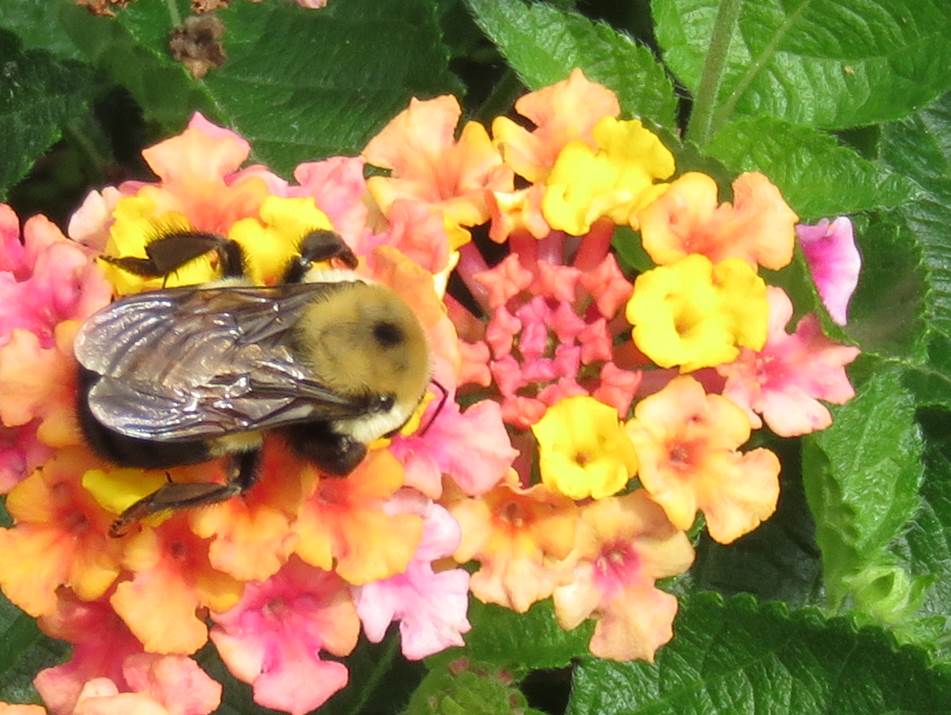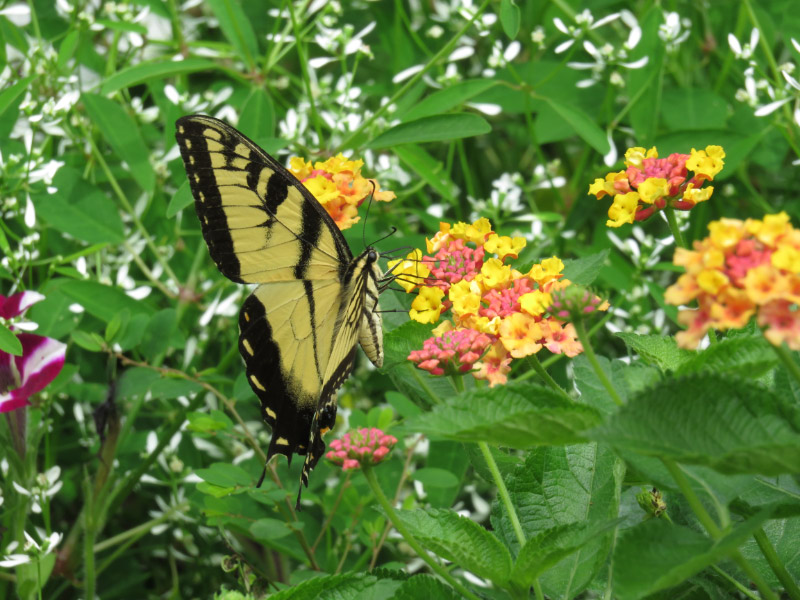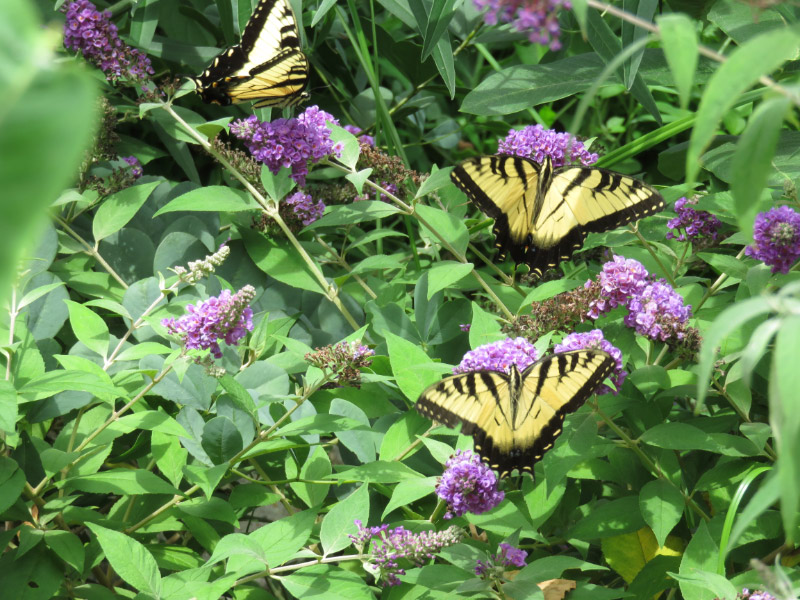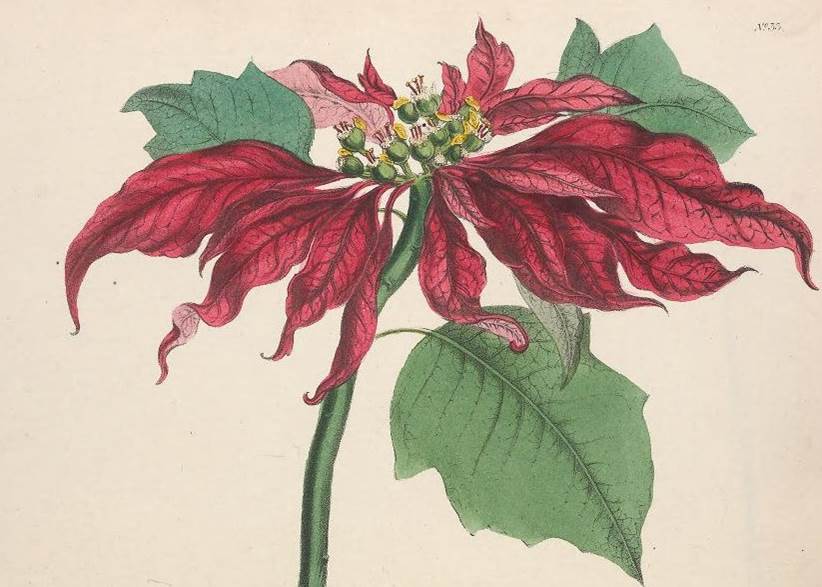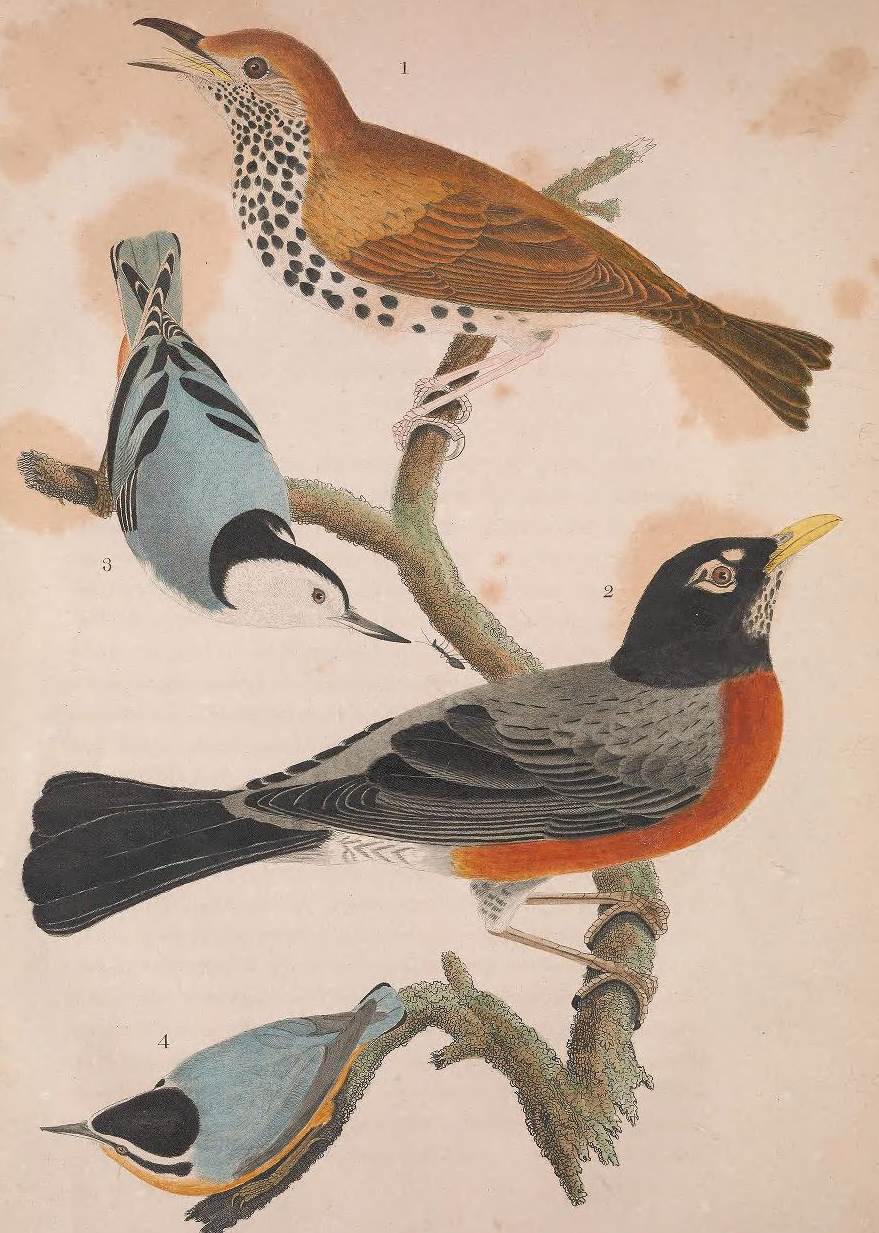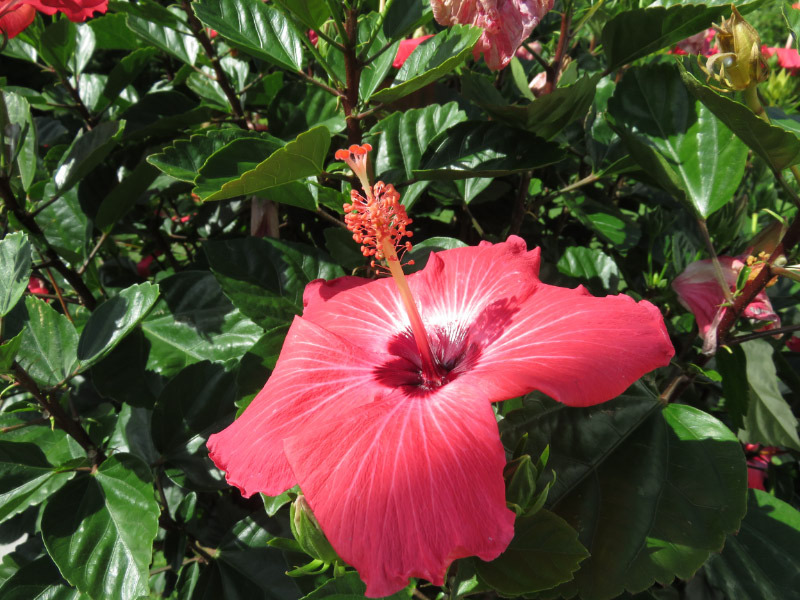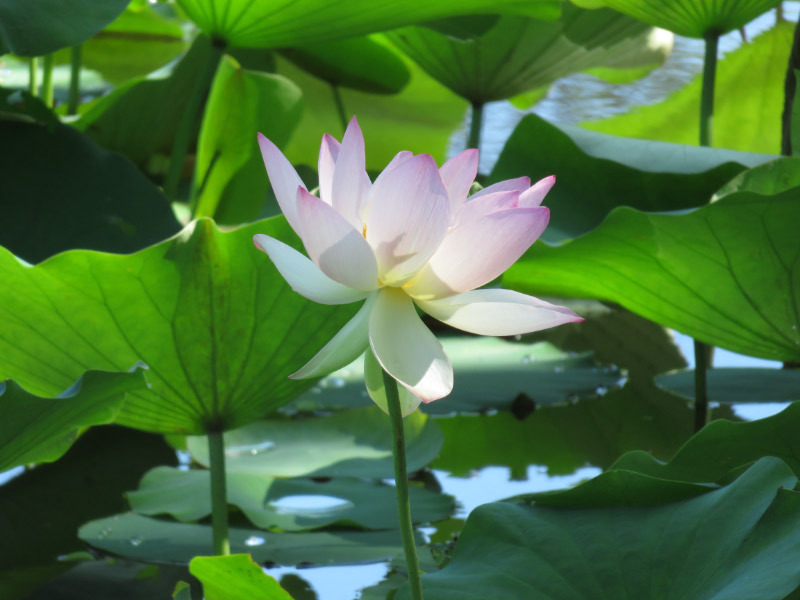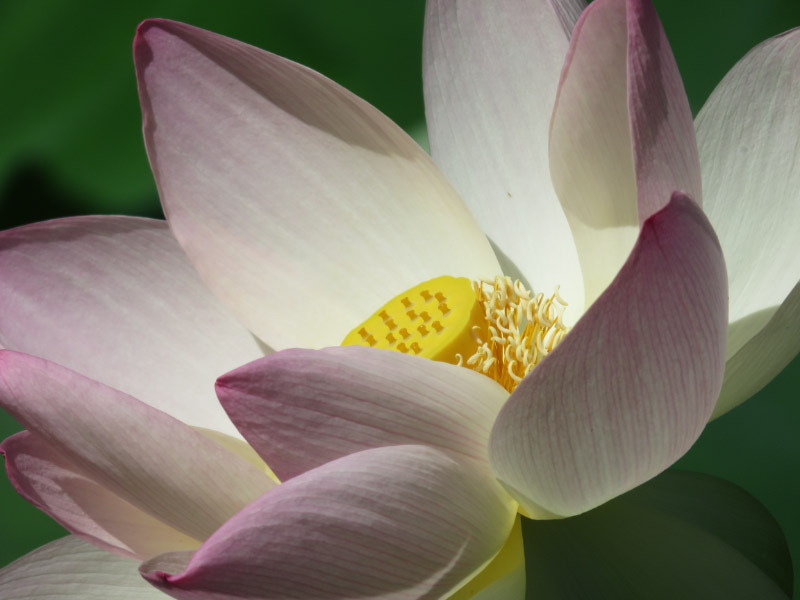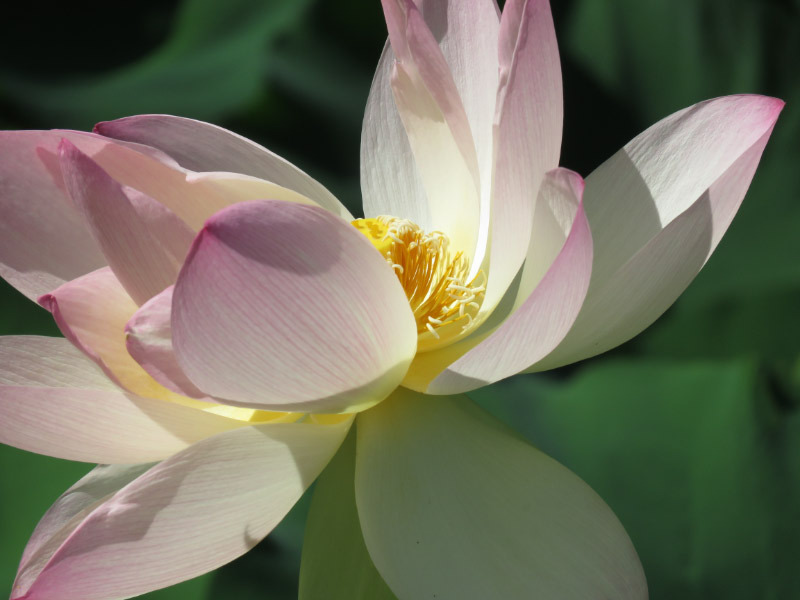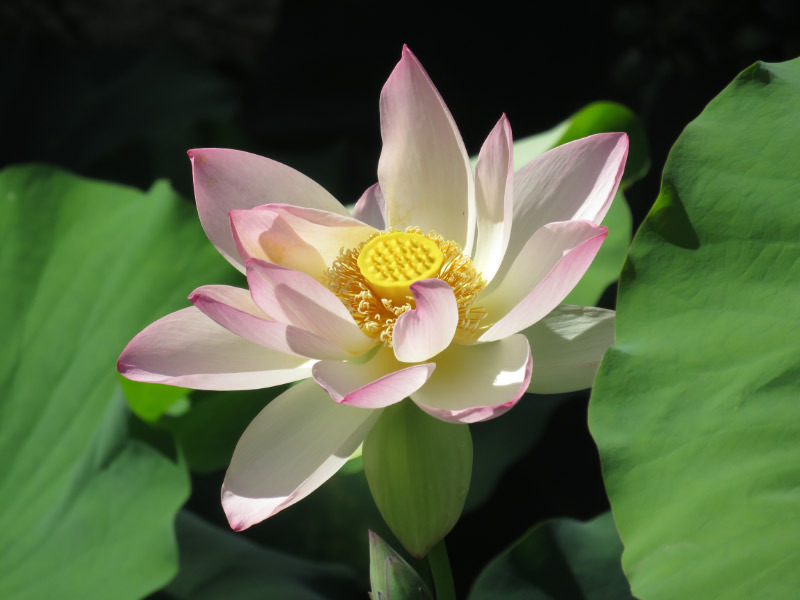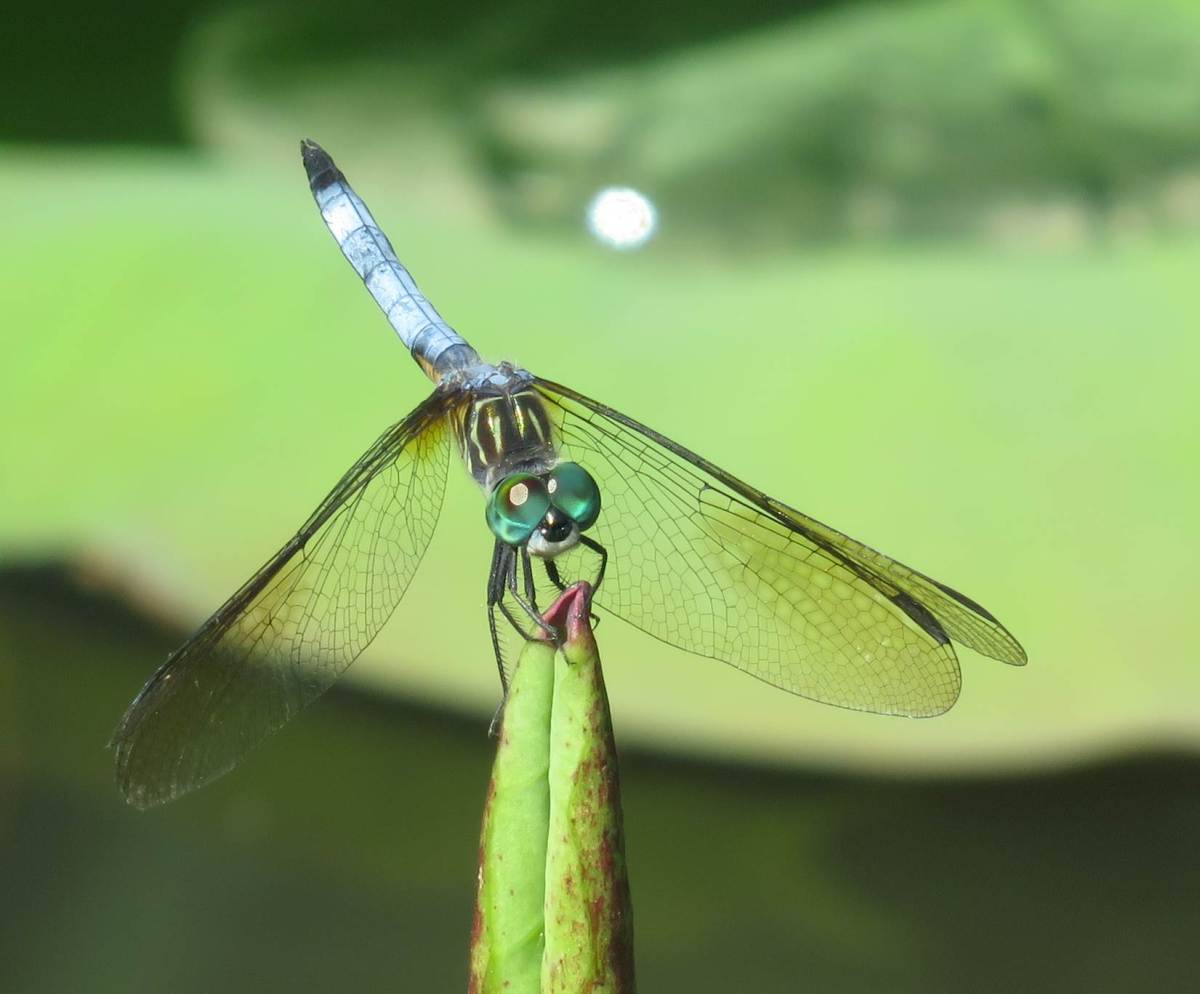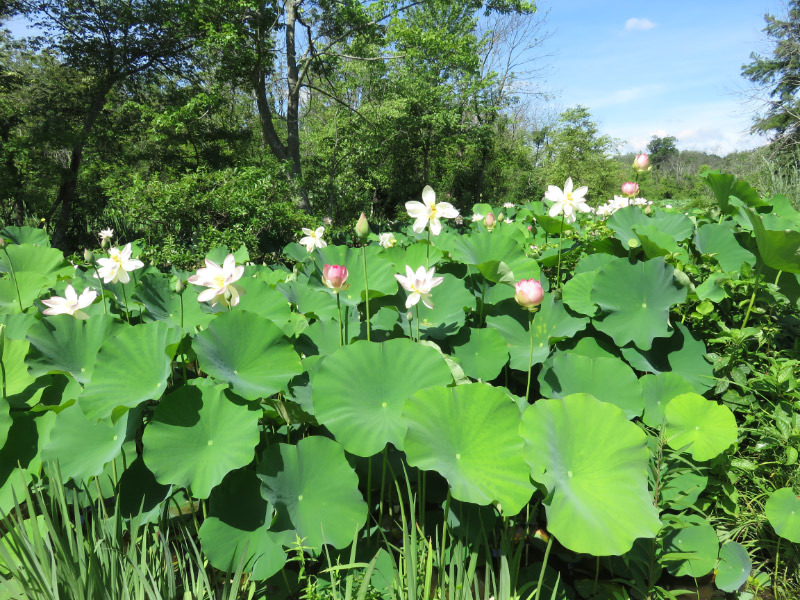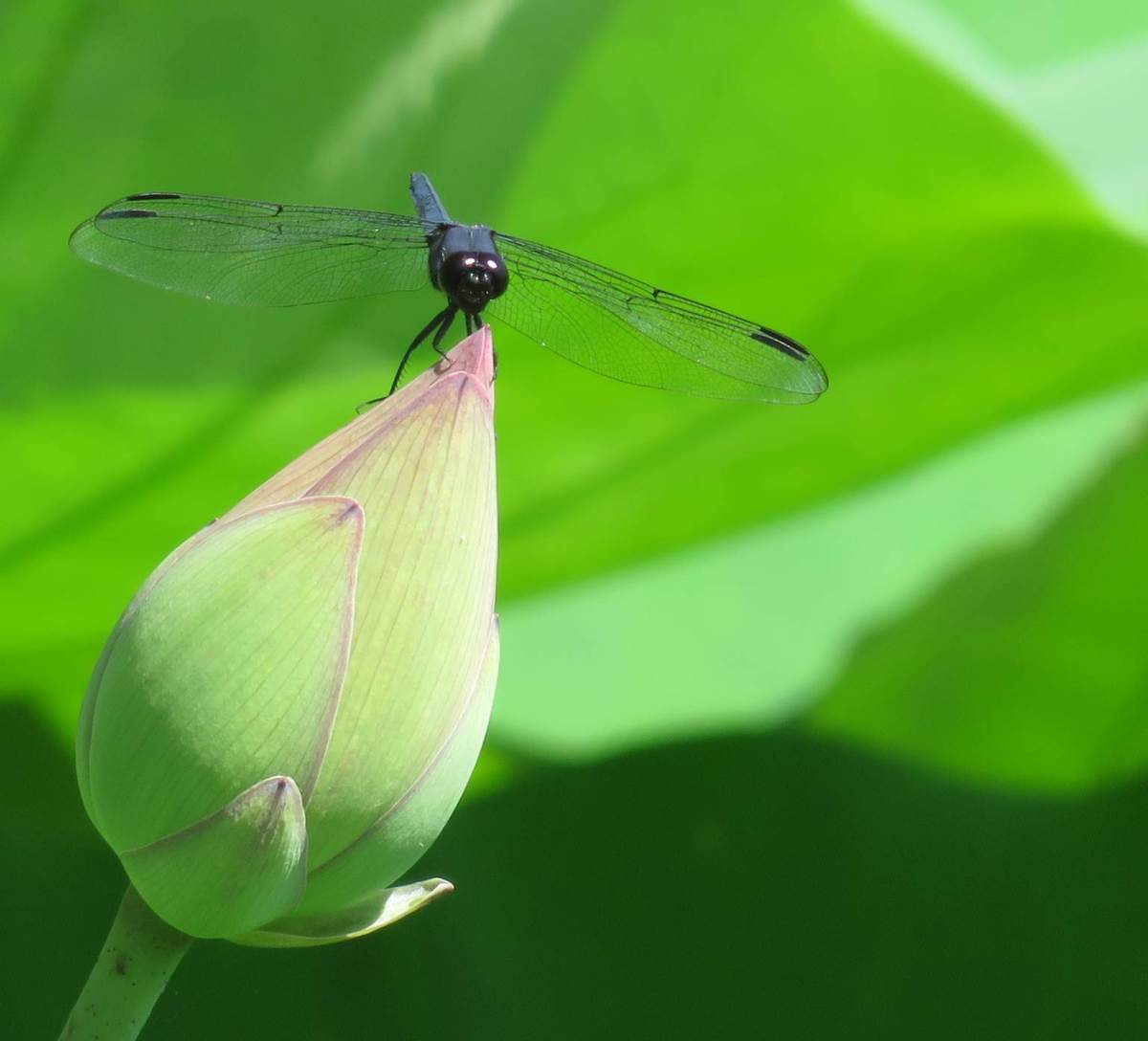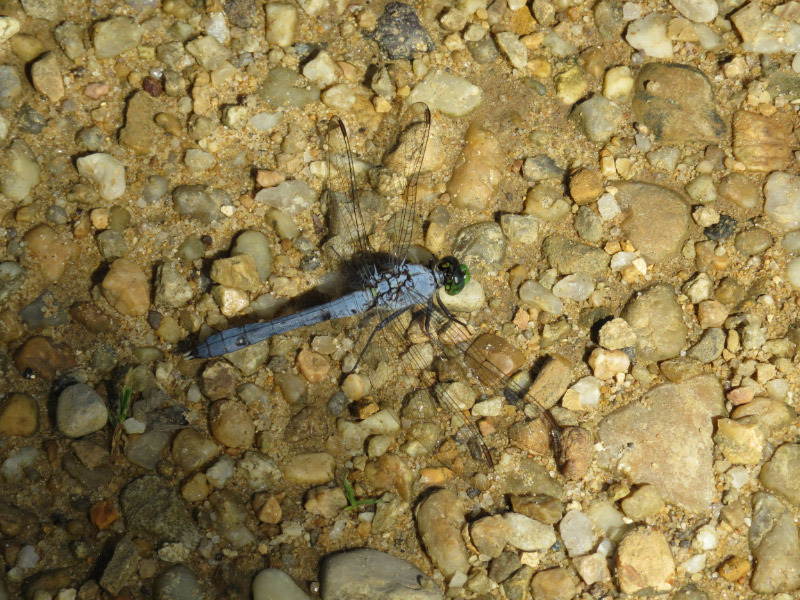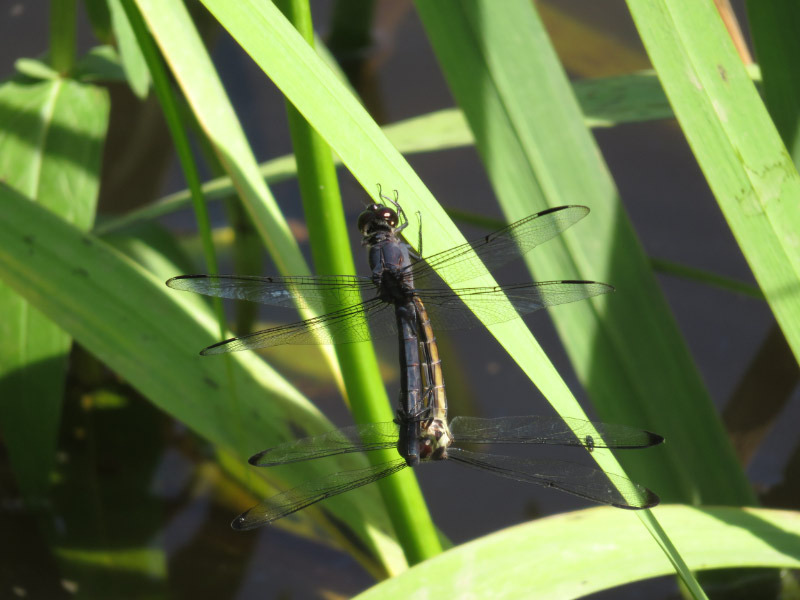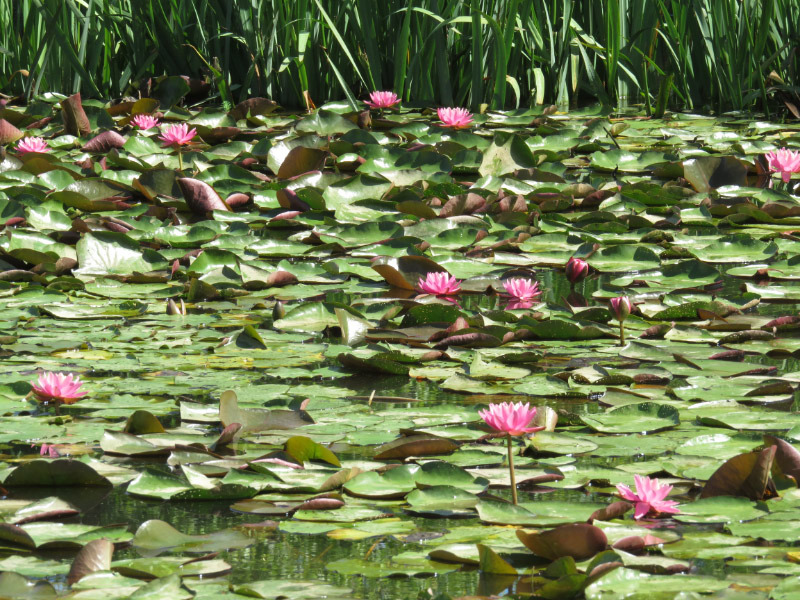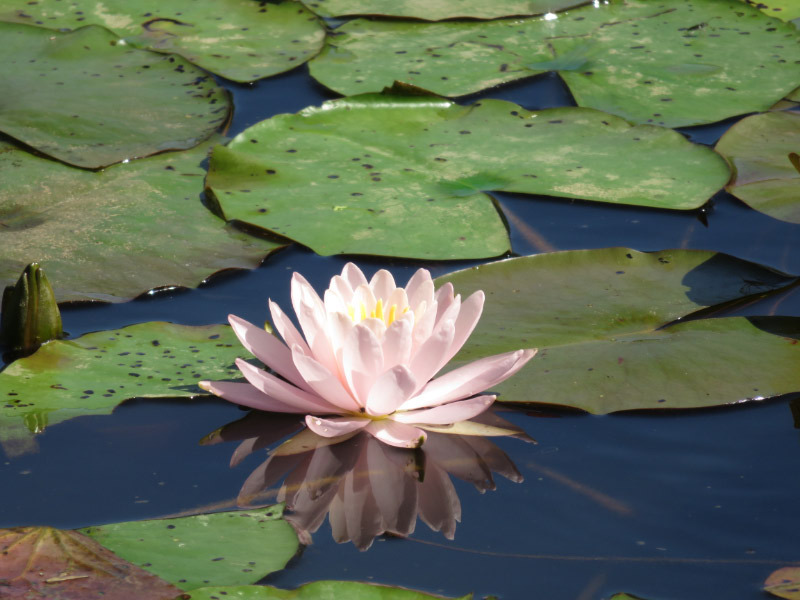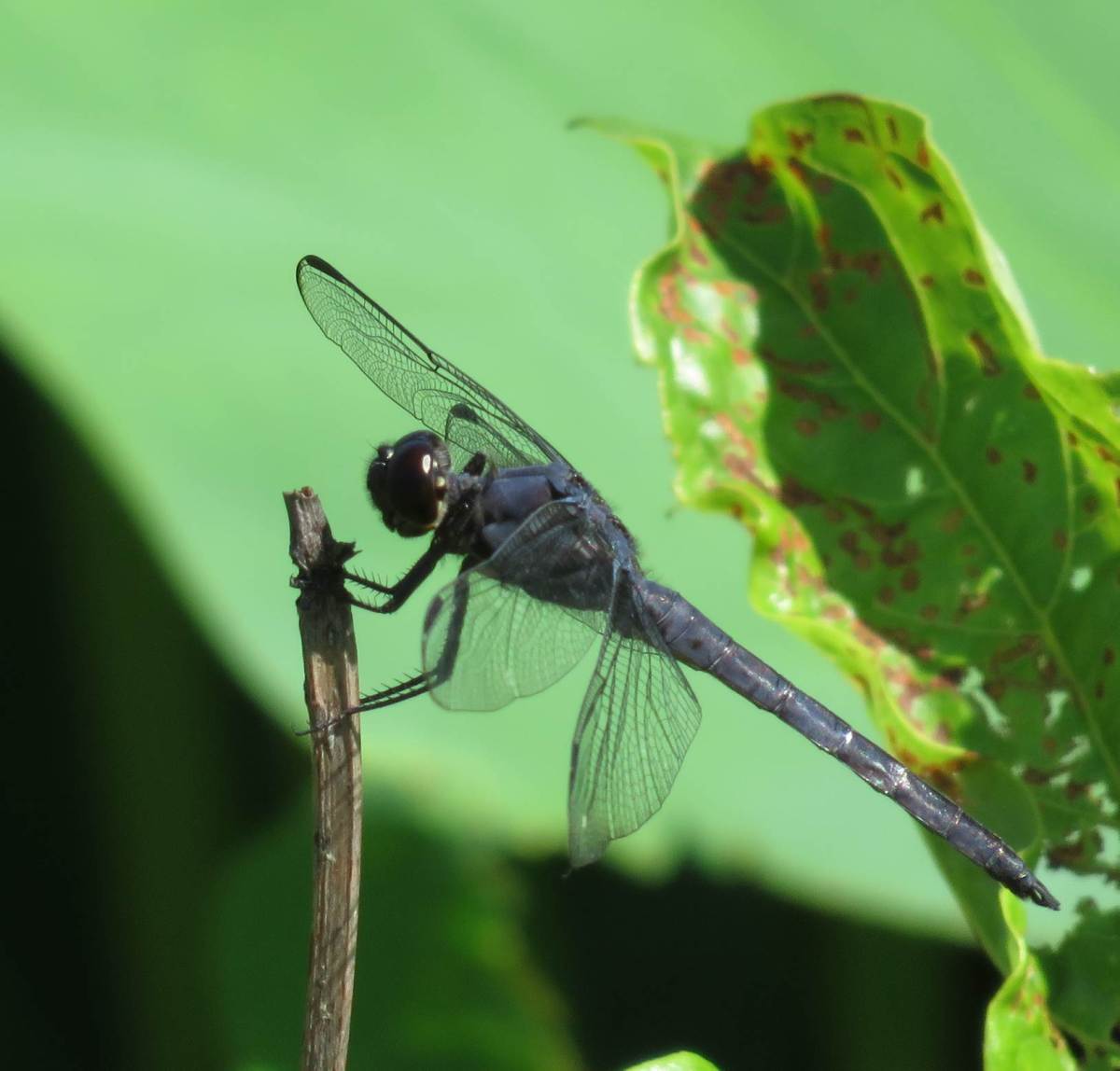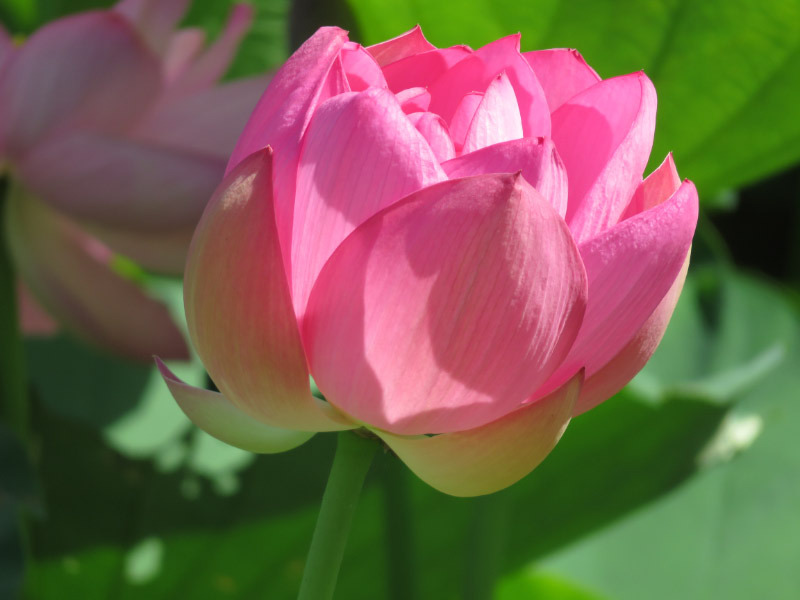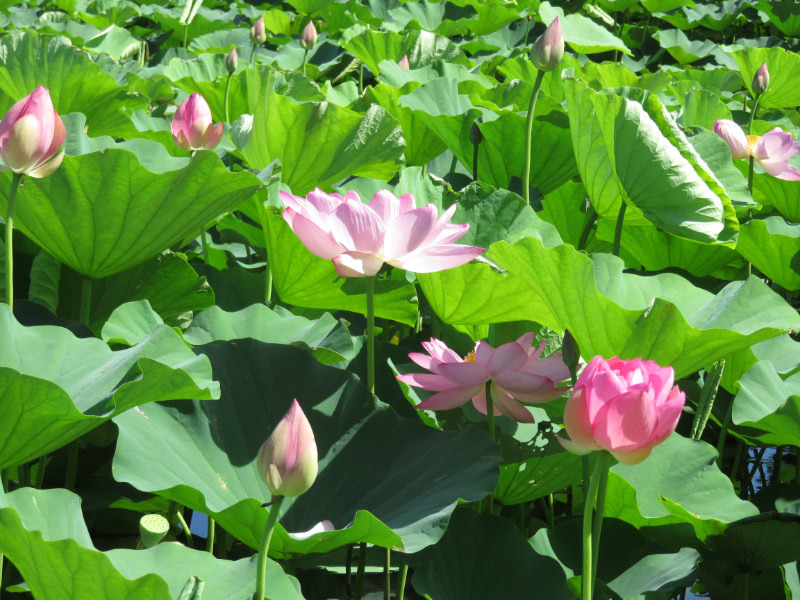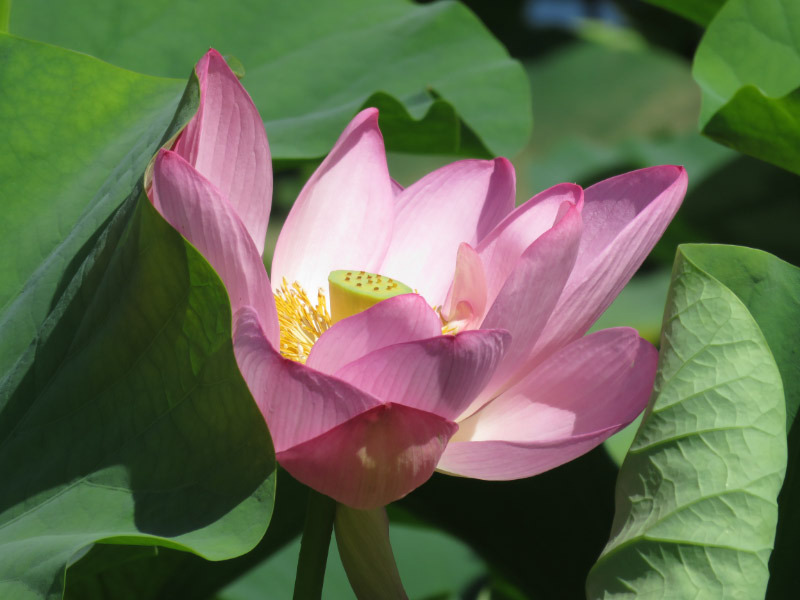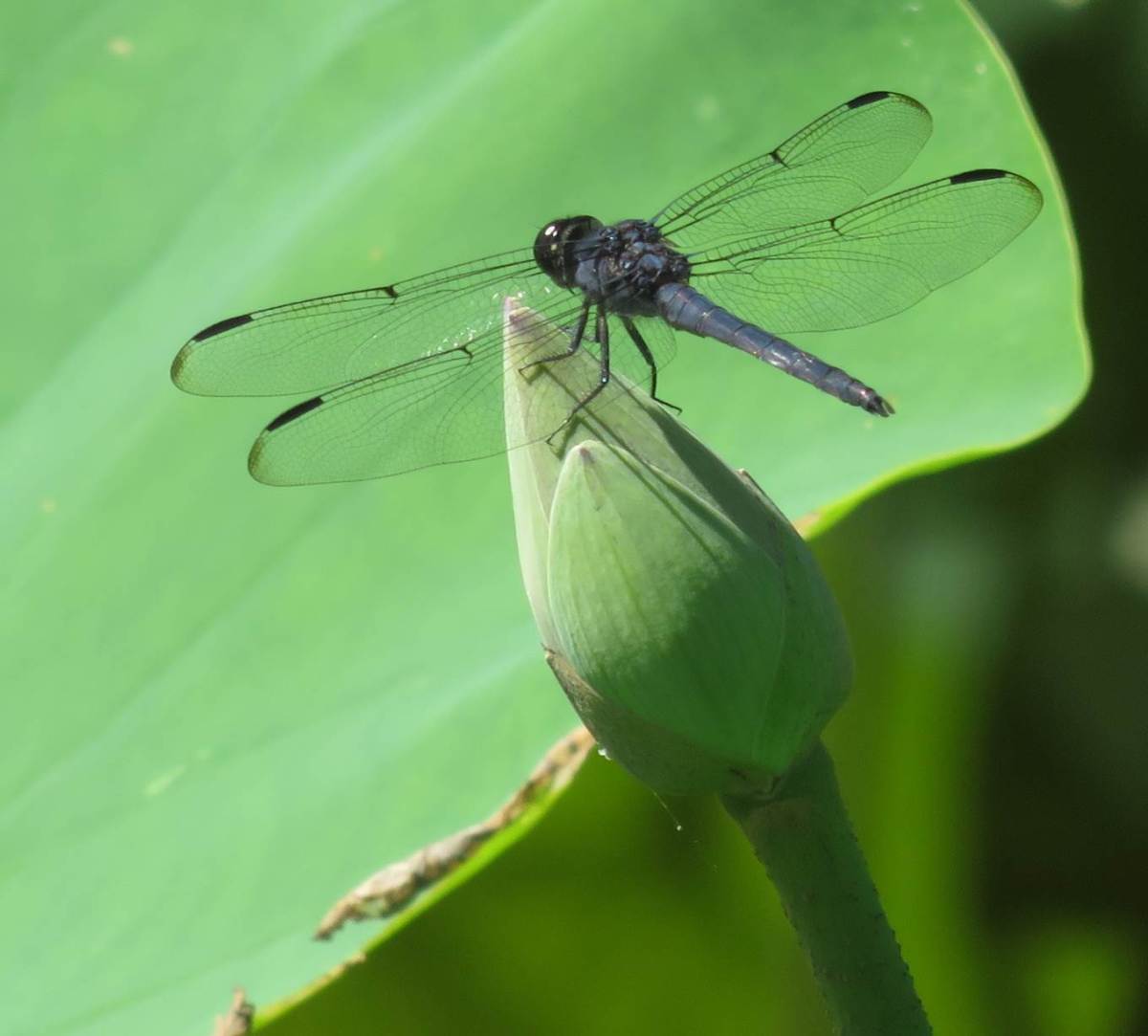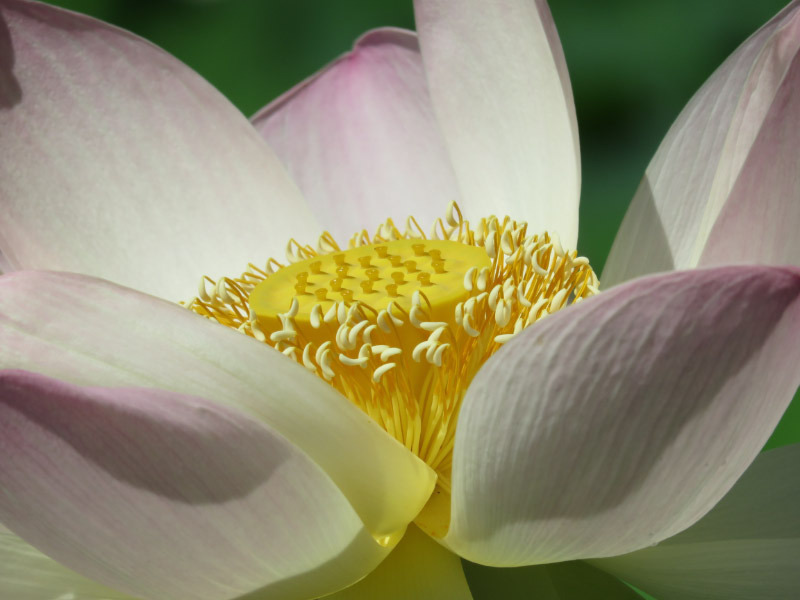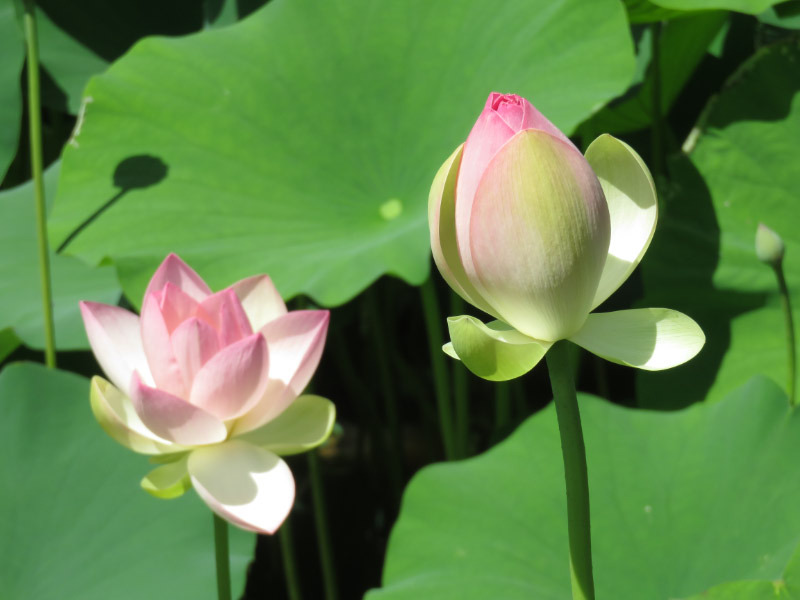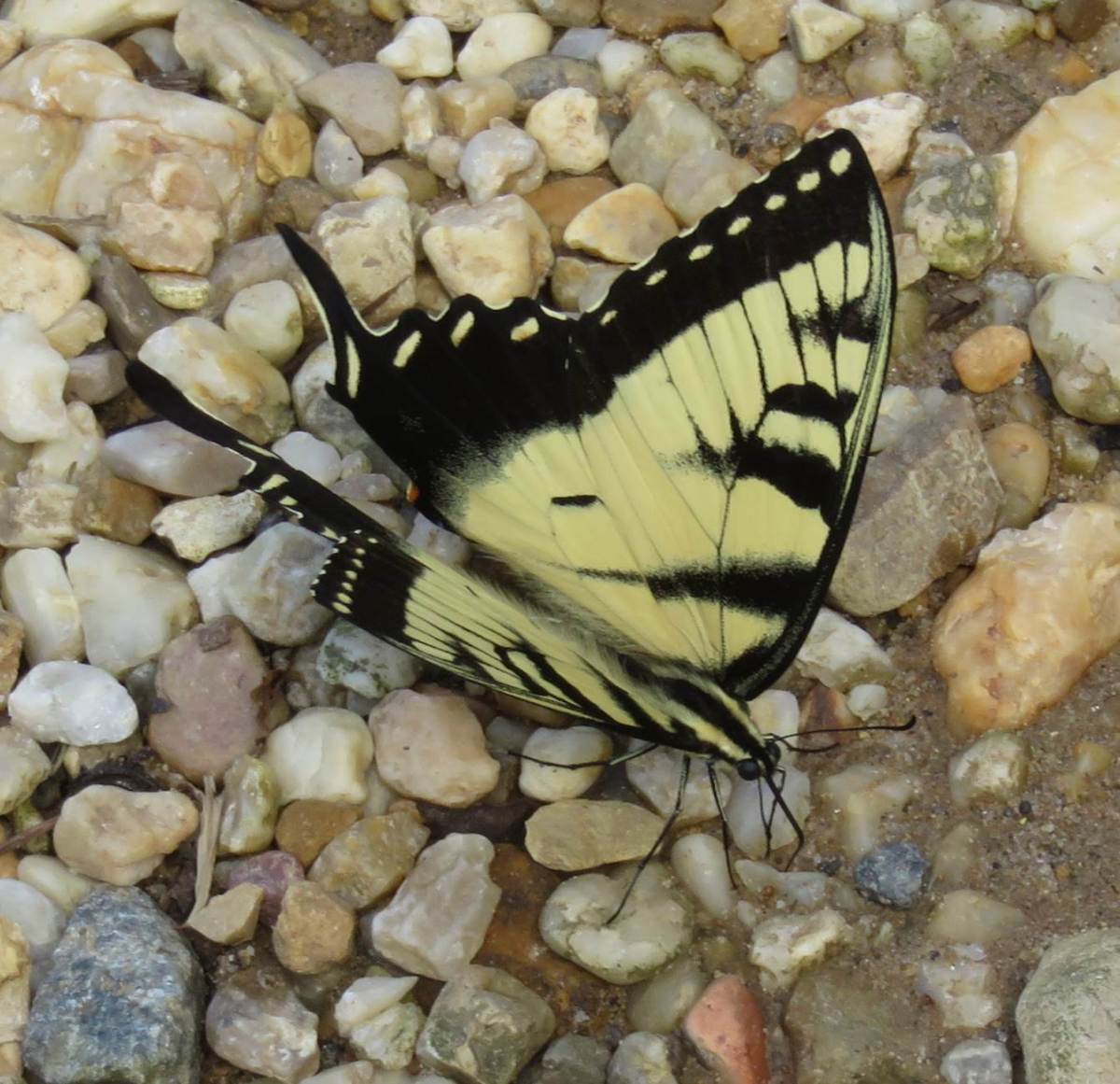3 Free eBooks – December 2015
/Like last month – one of the ‘books’ I picked for December was one referenced in the Ancient Egypt course from Coursera that I completed back in November; the follow up reading spilled into December. It was a challenge not to pick a book that included botanical prints…I switched to birds this month but couldn’t resist picking an artist (Charles Demuth) that did a lot of plant paint!
Haskell, Barbara. Charles Demuth. New York: Whitney Museum of Art. 1987. Available from the Internet Archive here. The title of the painting that I am including in this post (partial) is “From the Kitchen Garden.” The topics of his paintings included other topics too….a snapshot of different perspectives of the US and Europe in the first thirds of the 1900s.

The British Museum. Mummy: The Inside Story. Available from the Internet Archive’s Wayback Machine here. The mummy in this case is Nesperennub, a priest who lived at Karnak (Egypt) in 800 BC. The site is a series of slides (with pictures and explanatory text) about the modern way that mummies are studied….not by unwrapping. One of the amulets found near the neck of this money was a wedjat eye. One from another mummy was included in the images and clipped a portion for this post. Unfortunately – this site was removed from the The British Museum’s site when it was reorganized so now it is only available via the Wayback Machine. There are two other online tours (Cleopatra and Egypt in the Old Kingdom) that can be found by clicking on the ‘Egypt’ link just above the ‘slide’ portion of the screen.
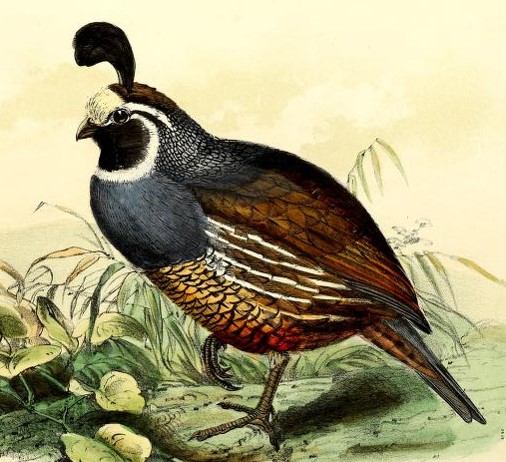
Keulemans, John Gerrard. Onze volgels in huis en tuin – Volume 1. Leyden: P.W.M. Trap. 1869. Available from Internet Archive here. Keulemans (1942-1912) is a well-known bird illustrator and this is one of his earlier works – in his native Dutch. I was looking at it for the illustrations rather than the text. There are two other volumes available on the Internet Archive (volume 2 and volume 3) that I have yet to read…and I’m going to look at other books that might be online that he illustrated. According to Wikipedia, his total output includes over 4,000 published images – virtually all before 1915 so not in copyright.
Enjoy good visuals and good reads!





